UK POLICY:



We are connecting the dots of a new mobility revolution that is transforming our towns and cities.
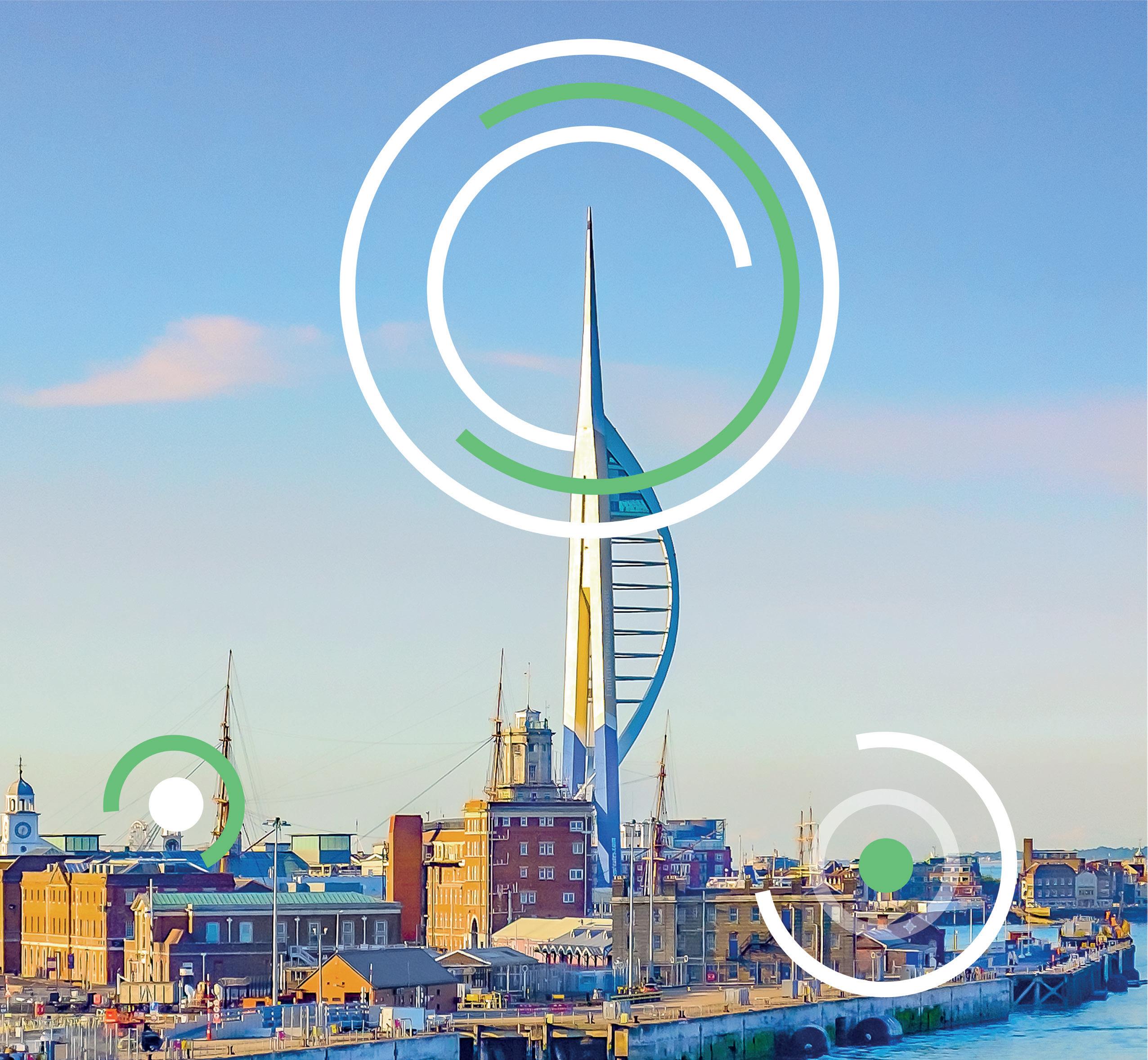
With the broadest end-to-end portfolio of intelligent traffic management solutions, we work with cities, highway authorities and mobility
operators to make their road networks and fleets intelligent, enhance road safety and improve air quality.
It’s time to make the world a better place. We are ready. Are you?
Publisher: David Harrison d.harrison@spacehouse.co.uk 01625 614 000
Editor: Martin Guttridge-Hewitt ej@spacehouse.co.uk 01625 614 000
Business Development Manager: Jason Coward jason@spacehouse.co.uk 07889 212 414


Finance Manager: Jenny Leach jenny@spacehouse.co.uk 01625 614 000
Administration: Susanne Lingham office@spacehouse.co.uk 01625 614 000
Published 6 times a year
published by Spacehouse Ltd, Pierce House, Pierce Street, Macclesfield. SK11 6EX. Tel: 01625 614 000
2022's word of the year is 'permacrisis'. No surprise, energy, fuel, food, grains, Ukraine, wildfires, 33m displaced in Pakistan, Brexit economics, and cost-of-everything-everywhere hit like the wakeup calls nobody asked for, let alone wanted.
In and among all that, it's easy to forget invisible threats like air pollution. But, as our roundup of the most important work Air QualityNews published in the past 12 months proves, it's all connected. Slashed budgets threaten mitigation schemes, high household costs promote cheaper, dirty fuels, brutal wars trigger races for energy independence, in which renewables are vital.
Some of those subjects featured at our events, Manchester's Northern Air Quality Conference, and London's National Air Quality Conference. Don't worry if you missed out — this issue offers an overview of both, and you can expect more dates for the diary next year.

COP27 dominated headlines recently, and digesting everything was tough. So our pages also include a summary of the highs, lows, controversies and achievements from the leading global climate summit. And this edition isn't all about looking back, either.
Ellie Sivins explores imminent road tax changes meaning electric vehicles will soon have to pay, asking what this means for the UK's climate ambitions and the 2030 ban on new petrol and diesel vehicle sales. Then Georgie Hughes considers how the government can improve strategies aimed at achieving carbon neutrality by 2050, before our legal feature hones in on the implications of Britain's Clean Air Bill.
Air pollution is often considered an urban issue, but rural areas also have challenges to overcome. Uttlesford District Council explains what these areas are up against. Meanwhile, we also take an in-depth look at socio-economic and ethnic inequalities tied to toxic city air, making recommendations for regional powers to help disadvantaged communities on the frontline.
All that's in addition to the latest news from our sector, and our Big Interview. Yunex Traffic Managing Director, Wilke Reints, discusses his career, frustrations at the slow pace of progress on air pollution, and the company's work with the public sector, tackling congestion and energy consumption, and providing compelling proof-of-concept for leading emission-reduction measures.
Talk about ending 2022 as it began - busy, the only thing left to say is many thanks for your ongoing support, if you're celebrating, Merry Christmas, and we'll see you in the New Year.
All rights reserved. Reproduction, in whole or part without written permission is strictly prohibited.
Martin Guttridge-Hewitt, Editor Tel: 01625 614 000 ej@spacehouse.co.uk
Printed on FSC certified paper stock, using vegetable oil inks. Fulfilment and distribution using 100% recycled envelopes.
airqualitynews.com




















































































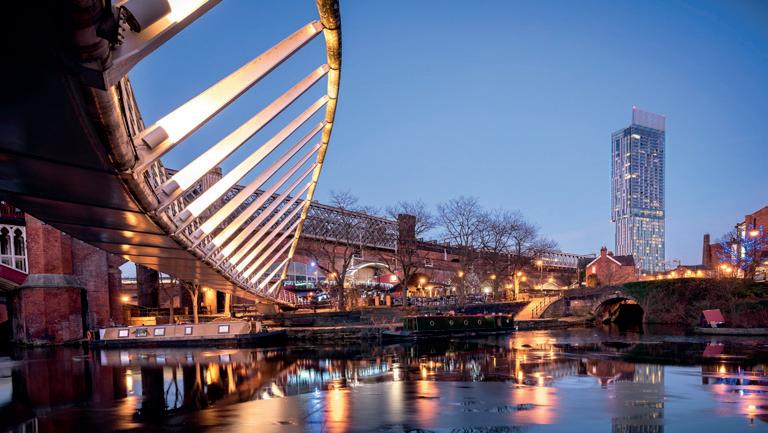

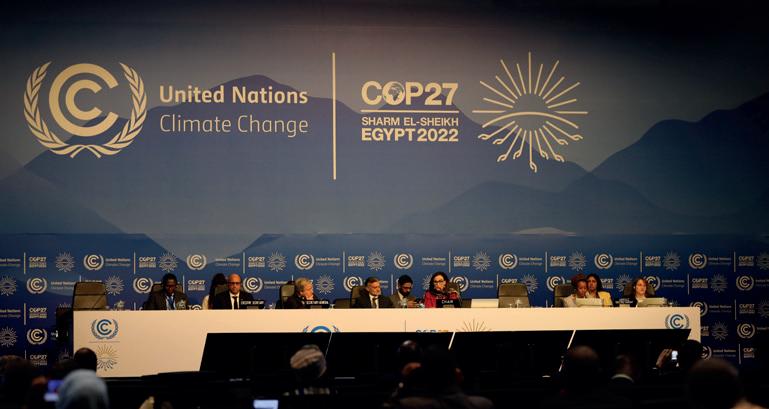
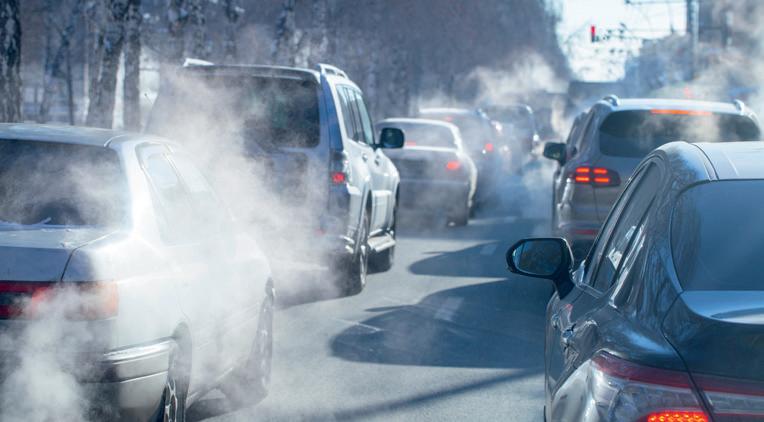
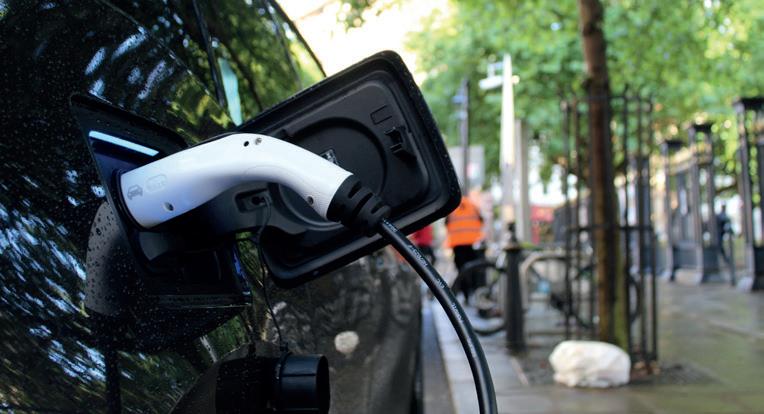
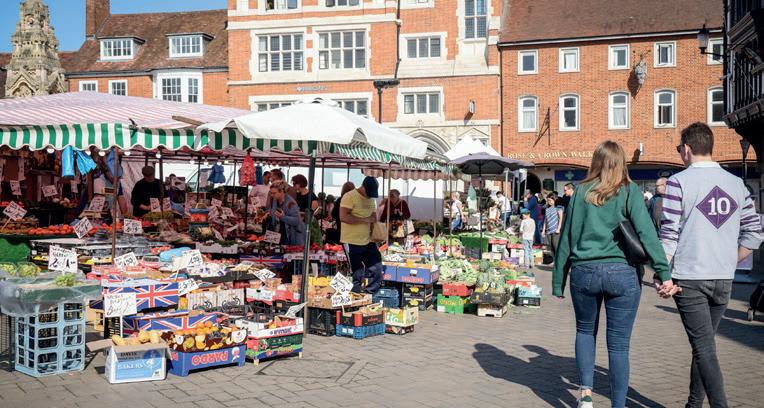







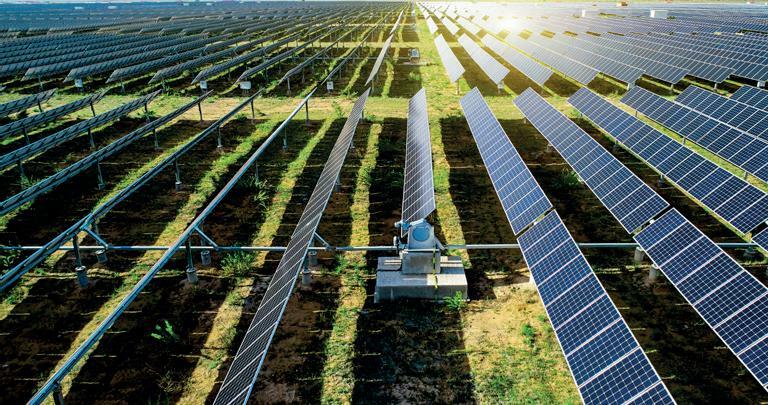
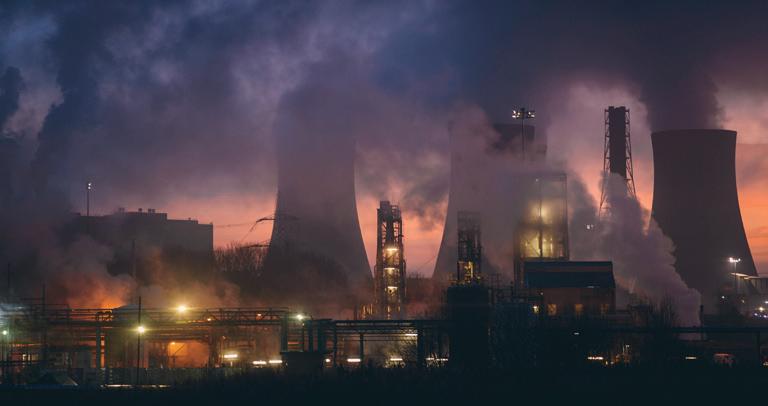
A London-focused study reveals the effect of ambient air pollution on marginalised communities.
Half of all children and young people admitted to hospital in London between 2021 and 2022 were from minority ethnic backgrounds, compared with 28% of white British heritage.
In June 2022, the most recent month for which data is available, asthmarelated hospitalisations in the city among young people and children numbered 229.
The figures back up numerous studies that point to disadvantaged, minority ethnic and marginalised communities bearing the brunt of dirty air across the world. An analysis in London showed nitrogen dioxide concentrations were between 16 and 27% higher in black, asian and minority ethnic areas compared with white British.
Sadiq Khan, Mayor of London, said: ‘I am determined to clean up London’s filthy air, to protect the health of every child in London but also to ensure the future of their city in tackling the effects of climate change.’
English farmers in line for grants to tackle slurry air pollution
A new Department for Environment, Food & Rural Affairs scheme will pay agricultural businesses to reduce hazardous emissions.
Farmers in England will soon have the option to apply for grants which can improve slurry storage, helping to bring down air pollution.
According to Defra, around half of all slurry stores in England are not fit-for-purpose, meaning farmers spread fertiliser when there is no need - wasting an essential resource and contributing to air pollution.
The Slurry Infrastructure Grant will be administered by the Rural Payments Agency, with successful candidates able to claim between £25,000 and £250,000 for improvement works.
Farmers want to invest in slurry systems that protect the environment, however they are deterred by high costs, said Mark Spencer, Minister for Food, Farming and Fisheries, who claims the Slurry Infrastructure Grant will help recipients invest in futureproof storage that supports thriving farms while cutting pollution.
Legislation which could ensure everyone has the right to clean air is heading to the House of Commons after passing through Lords.
lla’s Law’ aims to clear up the UK’s air within five years through regular reviews and monitoring of pollutants and pollution limits. A citizen’s commission would also review the government’s compliance with targets.
Green Party peer Baroness Jones of Mouslecoomb introduced the Private Member’s Bill, which will be taken up by Green MP Caroline Lucas in the Commons.
The law is named after nineyear-old Ella Adoo Kissi-Debrah, who lived near the congested South Circular road in south east London, and died following an asthma attack in 2013, becoming the first person in the UK to have air pollution listed as a cause of death.
Baroness Jones paid tribute to Ella’s mother, Rosamund, who
was at the House of Lords when the bill passed. She said: ‘This is quite a momentous day for me and many other people… I want to pay tribute to Rosamund Adoo Kissi-Debrah who is with us again today and whose daughter Ella is going to give her name to this law.
‘It will establish the right to breathe clean air; confirm targets for pollutants and greenhouse gases; set deadlines
while allowing postponements; encourage renewable energy and energy efficiency and ensure a proportional approach to enforcement.’
Recently, the London Assembly voted unanimously in support of the Bill to secure clean air for those living in the city after Zack Polanski, Green Party Deputy Leader, proposed the motion.
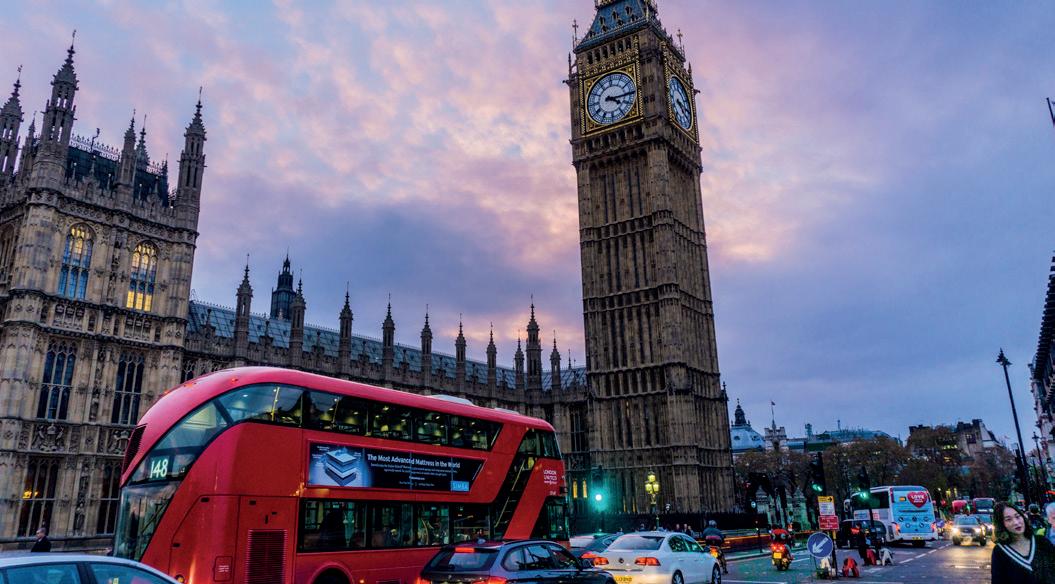
The Mayor of London confirmed the city’s world-beating clean air and decongestion initiative will soon cover the whole capital.
October 2027) and community transport minibuses run by non-profit organisations (until October 2025).
The Ultra Low Emission Zone (ULEZ) will increase in size next year, bringing an estimated 5m more Londoners under the scheme, with the new radius becoming effective as of 29th August 2023.
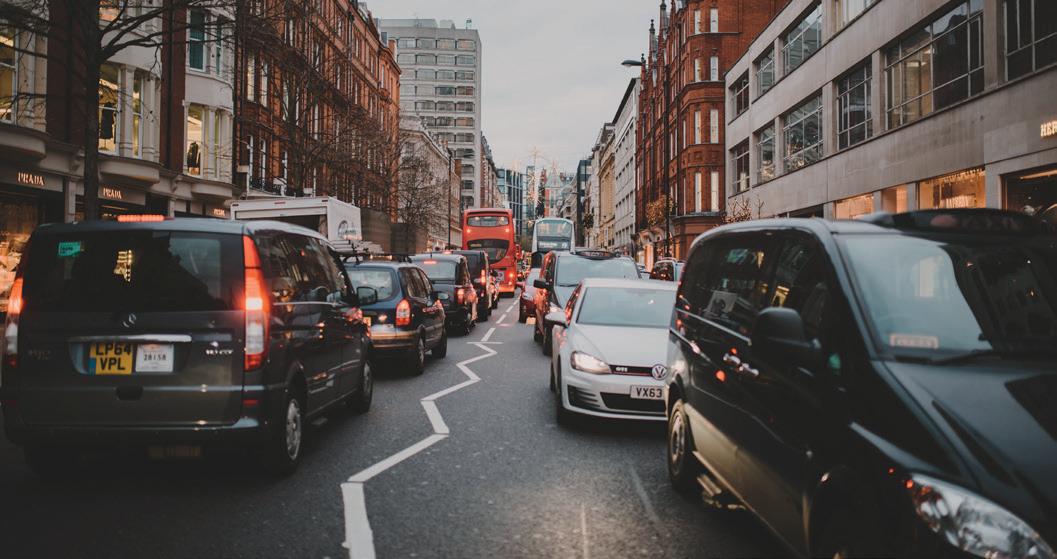
This comes after months of debate over the plans, with several reports evidencing how much the ULEZ has achieved since its launch. Roadside pollution levels for some
emissions have fallen by 44% in central London and 20% across inner London.
A £110m scrappage scheme will be established to allow people to switch to compliant vehicles and, for the first time, successful applicants will also have retrofitting costs covered.
More support for disabled people has been made available, with longer exemption periods for disabled drivers (until
‘Efforts to clean up the city’s air by extending the ULEZ to the whole of London will further improve the health of many Londoners,’ said Centre for London Chief Executive, Nick Bowes. ‘But the real prize is a pay per mile smart road user charging scheme, something Centre for London has supported for a number of years.’
He added: ‘The Mayor should move as quickly as possible to implement pay per mile road user charging, as it would be a fairer scheme that delivers on multiple objectives: tackling congestion, improving air quality, promoting active travel, and generating income for TfL.’
‘Ella’s
Recently, AirQualityNews marked 70 years since the Great Smog of London, a severe air pollution event which resulted in the deaths of an estimated 10,000 –12,000 people.
emitted 1,000 tonnes of smoke particles and 2,000 tonnes of carbon dioxide, according to the Meteorological Office.
Most worryingly, 370 tonnes of sulphur dioxide was converted into 800 tonnes of the corrosive and irritating sulphuric acid over the period. In human terms, this can cause intense coughing and chest tightness.
Immune system loses power with long-term air pollution exposure Researchers have discovered air pollution is key to gradually declining health.
Experts at a leading US university have published a study revealing that the longer people are exposed to air pollution the worse their immune system performs.
It’s the first-time the increased risk of respiratory disease with age, even among non-smokers, has been linked to air pollution.
In 1952, the UK saw one of the worst environmental disasters in its history, as thick, smoky fog covered the streets of London for around four days.
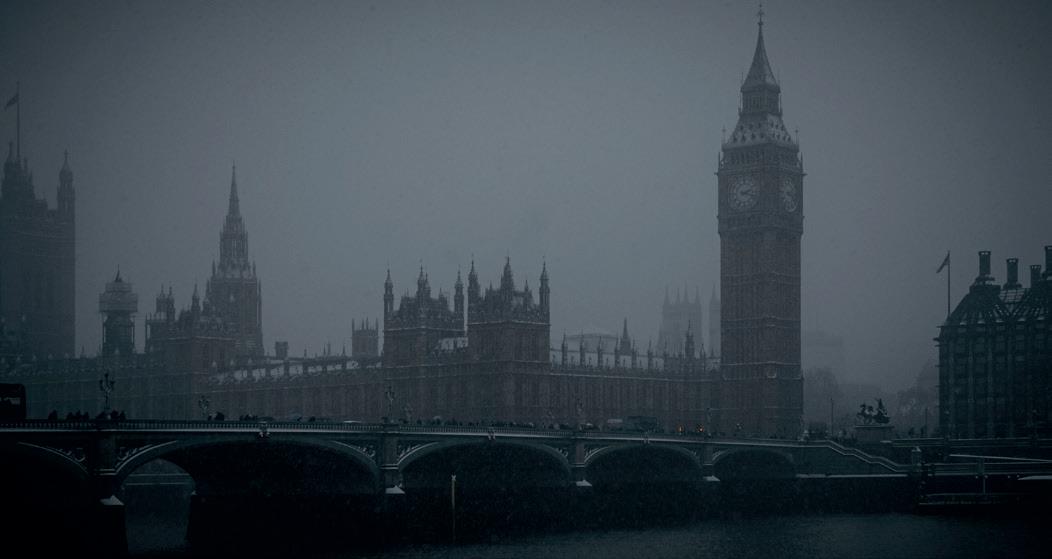
This was unlike previous pollution events, as particularly cold weather meant people were burning more coal to keep warm, while a lack of wind prevented the smog from being dispersed. A
deadly combination that quickly took its toll on the population.
The smog reduced visibility, resulting in ambulance services and public transport being unable to function, while 100,000 people are believed to have fallen ill directly from the toxic air.
On each day over the period the fog descended, the city
The tragic event prompted the government to be the first country to pass a national air pollution law in 1956, creating smoke control areas and shifting the UK towards smokeless fuels. The law was strengthened in 1968. However, the fight for clean air is still ongoing - an estimated 4,000 deaths in London are caused by air pollution each year, according to City Hall.
The European Commission has agreed to France’s plan to ban short-haul flights between cities where alternative rail routes are available.
Policymakers voted in favour of the landmark decision in 2021, with plans to prohibit flights along eight routes across the country, subject to the EU’s approval.

However, this will now affect just three routes, after the Commission said the ban could only occur where efficient rail routes with multiple connections were available.
Flights between Paris-Orly and Bordeaux, Nantes and Lyon will fall under this, with routes between Paris Charles de Gaulle, Lyon and Rennes, and between Lyon and Marseille set to be added if rail services improve.
Two other routes, from Paris de Gaulle to Bordeaux and Nantes, were removed from the policy, as the EU said the train journeys did not meet the two-
and-a-half-hour threshold.
French Transport Minister Clément Beaune called it a ‘major step forward’ and said the country was proud to be progressive on this.
The decision was made on Friday 2nd December, with the ban set to be in place for three years and then reassessed by the Commission.
Thomas Gelin, Greenpeace’s EU climate campaigner, told
Politico: ‘The French ban on short-haul flights where quick train connections exist is a baby step, but it’s one in the right direction.’
Private jets are also set to be tackled in France, with a proposed bill which would impose higher tax rates on private jets from 2023. The country currently has some of the highest numbers of private flights in Europe.
Scientists on the project weren’t initially looking at air pollution, but rather studying immune cells in multiple tissues that had been taken from organ donors.
‘When we looked at people’s lymph nodes, we were struck by how many of the nodes in the lung appeared black in colour,’ said Donna Farber, PhD, who led the study.
‘When we imaged the lung’s blackened lymph nodes and found they were clogged with particles from airborne pollutants, we started to think about their impact on the lung’s ability to fight infection as people age,’ she added.
‘Thirstier air’ poses greater wildfire risk in all countries Research examining 20 years of climate data has revealed greater vapour pressure deficits heighten the risk of forest blazes, increasing air pollution.
A team led by environmental scientists at the University of Melbourne have established a firm link between atmospheric ‘thirst’ and wildfire prevalence.
The Vapour Pressure Deficit (VPD) is the difference between how much moisture the air can hold when saturated and how much moisture is actually in the air at the time of measurement.
The bigger the disparity, the more the air can dry out plants and trees, turning them into fuel for wildfires.
‘Some of the biggest areas of concern are the Amazon rainforest as well as northern hemisphere temperate and boreal forests,’ said Dr Hamish Clarke of the University of Melbourne’s FLARE Wildlife Research group. ‘Without strong climate action, there will be more days each year when Earth’s forests cross over into this critical flammability zone.’
The London borough’s council has pledged to tackle its polluted atmosphere.
Steps include introducing five new air quality monitoring stations to increase the network coverage and establishing a new Citizen’s Assembly to give local people a voice. Active travel will also be promoted through a new Future Streets plan, including a ‘try before you buy’ offer for bike schemes.
Local vehicle fleets will also be overhauled with a switch to lowemission models, construction sites in the area will come under closer regulation to limit their pollution, and new community projects will reach out to schools to boost understanding of the range of schemes available to those looking to improve air quality.
Cabinet Member for the Environment, Cllr Judi Glasser, said: ‘Our enhanced monitoring network will help us assess the scale of the problem, and the Citizen’s Assembly will give local people the opportunity to shape our approach to air pollution.’
Global scientists call for urgent end to bioenergy deforestation Representatives from the Natural Resources Defence Council have released a letter demanding movement away from timber fuel.
More than 650 experts have signed the document, including some of the planet’s leading climate scientists, many working in the world’s most prominent biomass consuming countries, with the UK currently the planet’s leading importer of this controversial fuel type.
80% of terrestrial biodiversity is found in forests, which perform a fundamental function sequestering and storing carbon from the atmosphere, making these ecosystems vital in terms of reducing air pollution and preserving the variety of life on Earth.
‘We must transition our energy system, but it cannot be at the cost of nature. Ensuring energy security is a major societal challenge, but the answer is not to burn our precious forests – calling this “green energy” is misleading,’ said Professor Alexandre Antonelli, Director of Science at London’s Kew Gardens, and a signatory of the letter.
The government has pledged to lift the de-facto ban on onshore wind farms in policy U-turn after pressure from backbenchers.
Bill which removed the ban on onshore wind, garnering support from Boris Johnson and Liz Truss in the process.
Clarke called the proposed reform a ‘really sensible package’ and MPs are now hopeful the bill can be advanced, after being at a standstill since the suggested amendment.
new windfarms will be built if it can be proven there is sufficient ‘local support’ for projects, meaning councils will no longer be restricted to using pre-designated land.
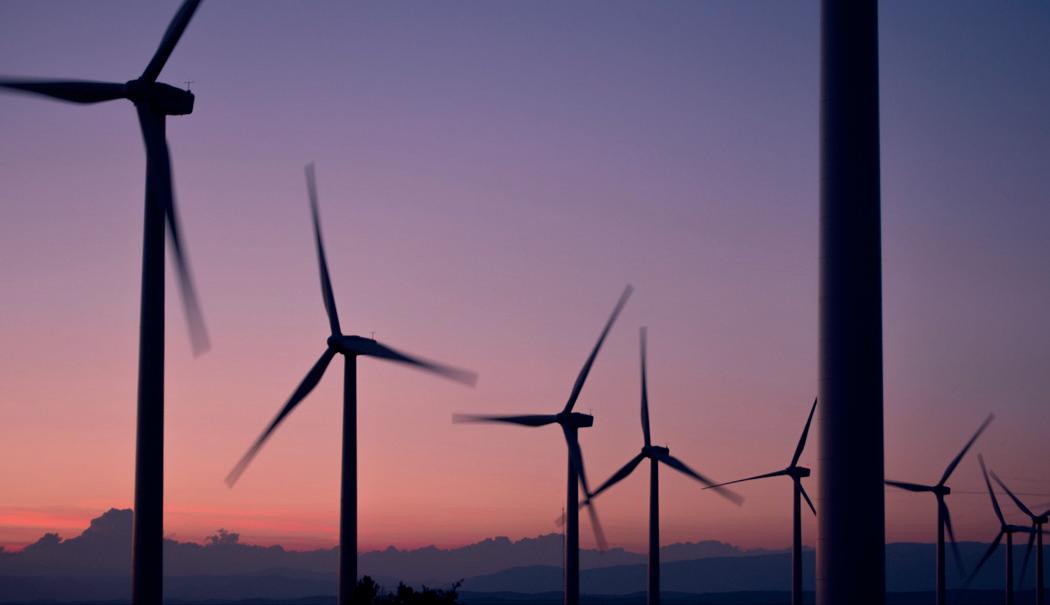
A consultation on the relaxed planning rules will begin later this month, with the outcome to be
included in the National Planning Policy Framework by April 2023.
Reports suggest the move was to counter a planned rebellion of 30 backbenchers who were upset with Rishi Sunak’s pledge to block new wind farms in his leadership campaign.
Former minister Simon Clarke led the revolt after he tabled an amendment to the Levelling Up
Green MP Caroline Lucas warned this could be a move to distract from the government’s decision on a proposed coal mine in Cumbria, which is due by tomorrow (08/12/22). She tweeted: ‘If this government decision really marks the end of almost decade-long onshore wind ban, it’s certainly a welcome one. The devil is in the detail. But if this is meant to “buy off” giving the greenlight to the Cumbria coal mine later this week, it would be totally & utterly shameless.’
The United Nations (UN) has launched a new satellite-based system at COP27 to detect methane emissions across the globe and encourage governments and businesses to act.
The Methane Alert and Response System (MARS) will be the world’s first publicly available global system to perform this function, set up under the framework of the Global Methane Pledge Energy Pathway organised at COP26 last year. Methane is a huge source of air pollution, forming groundlevel ozone and causing 1m premature deaths every year.
Initial funds from the EU, US government, Global Methane Hub and the Bezos Earth Fund will go towards MARS, allowing it to track emissions from companies and record changes over time, significantly boosting research potential.
‘Reducing methane emissions can make a big and rapid difference, as this gas leaves the atmosphere far quicker than carbon dioxide,’ said Inger
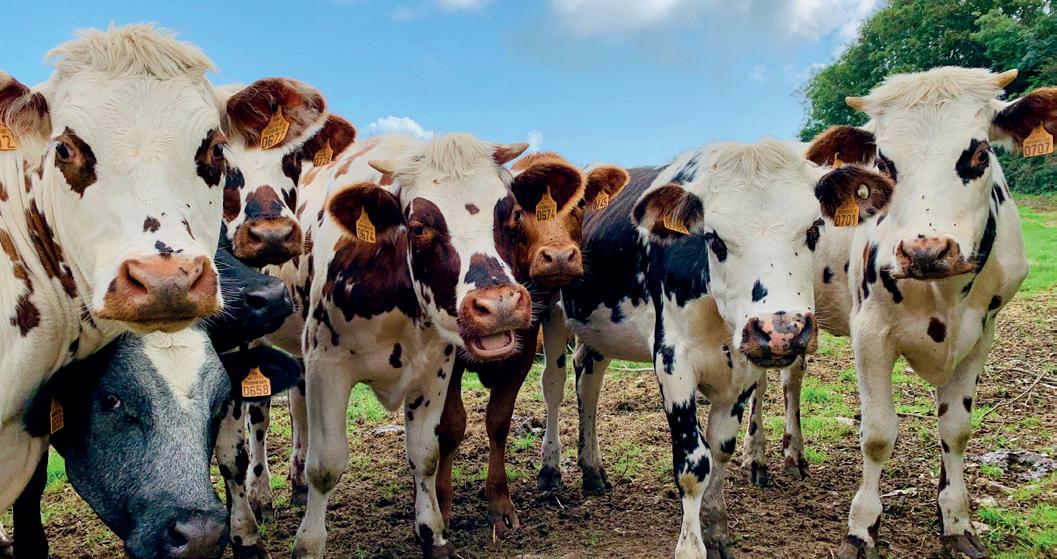
Andersen, Executive Director of UNEP. MARS will use satellite data to identify major emission events, relying on global mapping to show large plumes and methane hot spots, allowing it track emissions to a specific source. It will integrate data from the methane satellite network, allowing it to detect methane from lower-emitting areas more frequently.
MARS will use this to notify relevant stakeholders, such as governments and companies, so they can take responsibility and appropriate action, and then track the progress of any mitigation processes they implement. UNEP will monitor the location of major pollution events and will make data and analysis available to the public 45 and 75 days after detection.








2022 has been filled with huge challenges, at home and overseas. From the cost-of-living crisis to the war in Ukraine, the year has offered relentless examples of how difficult it is to recover from a global economic shutdown while battling an environmental crisis and adjusting to the impact of conflict with implications for countries far beyond the fighting. Despite so many distractions, air pollution has remained at the forefront of our minds, with the issue continuing to rise up the public and political agenda, proving that just because emissions seem to dissipate into the atmosphere, they rarely actually disappear. As such we can never dismiss or forget about the problem. With that in mind, we have been working as hard as ever to draw people’s attention to the fundamental issue of air quality, and associated challenges – from increased demand for central heating alternatives, to the latest health related research
 By Pippa Neill
By Pippa Neill
D
espite data from the UK government showing that wood burning in homes produces more particle pollution than road traffic, AirQualityNews kicked off this year writing about how people were more interested in purchasing a wood burning stove despite the dangers of owning one.
Research conducted by MediaVision indicated that many households were looking at wood burning to heat their homes due to increases in energy bills. Similarly, searches for other alternative
ways to keep the house warm were also found to be on the rise, with solar panels and draft excluders seeing particularly significant increases in Google queries (respectively 27% and 29%).
Louis Venter, CEO at MediaVision, said: ‘Despite the potential pollution issues, we saw a big increase in search volumes this year. This could be a result of increasing energy bills, or the possibility of more major electricity shortages. Either way, many people may be going old school with heating options. While green energy is important to us, we’d still rather be warm.’
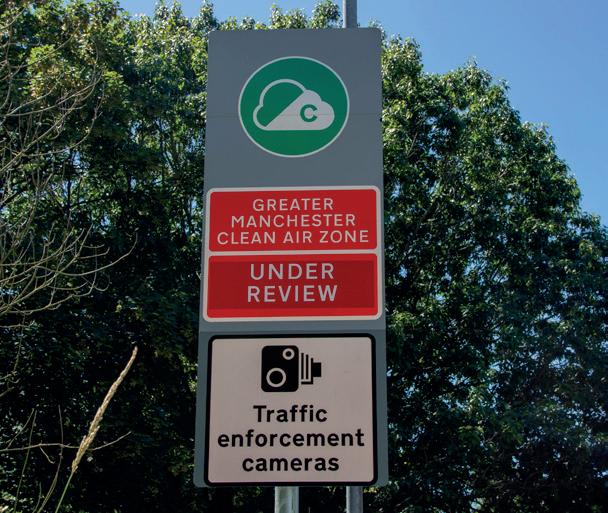 By Martin Guttridge-Hewitt
By Martin Guttridge-Hewitt
Pulling away from the energy crisis, spring 2022 saw Greater
Manchester’s Clean Air Zone stall, despite the region needing to bring particulate and nitrogen dioxide pollution back below legal limits by 2024.
Martin Guttridge-Hewitt’s investigation showed that key stakeholders in the region, including businesses and residents, were still unclear as to how much investment needs to go into tackling air quality.
The original proposed plan would have seen Manchester charging drivers £60 for vehicles that breached emissions standards, covering the entire cityregion.
Subsequently placed under review following widespread opposition, concerns included low levels of financial support, with just £120m allocated for vehicle upgrades and retrofits, and low availability of cleaner – and therefore exempt - commercial vehicles.
Firms outside the metropolitan county would not have been eligible for grants, which was another major issue. Eventually deemed ‘completely unworkable’ by central government,
Manchester’s combined authority was accused of failing to offer a realistic support package. Months after this feature was written the situation still hangs in the balance.
Governments around the world are being taken to court for environmental and pollution failings, with Germany, and regional authorities in Belgium, the latest to be sued over toxic air pollution.
Lawyers Dan Scott and Harry Little contributed an article to AirQuality
By Georgie HughesRussia’s invasion of Ukraine has been the year’s most devastating story, impacting the lives of millions both in that country, and across the globe. Tens of thousands have died, the energy crisis has spiralled, and several nations not directly involved in the conflict have been pushed to the brink of famine due to the impact on crop and food supply chains.
The situation has also led to a race for energy independence, with the EU hoping to achieve this by 2030,
News on climate change litigation and the need for causation guidelines to tighten, explaining most cases result in a not-guilty verdict due to difficulties in accurately pinpointing who and what is responsible for the pollution.
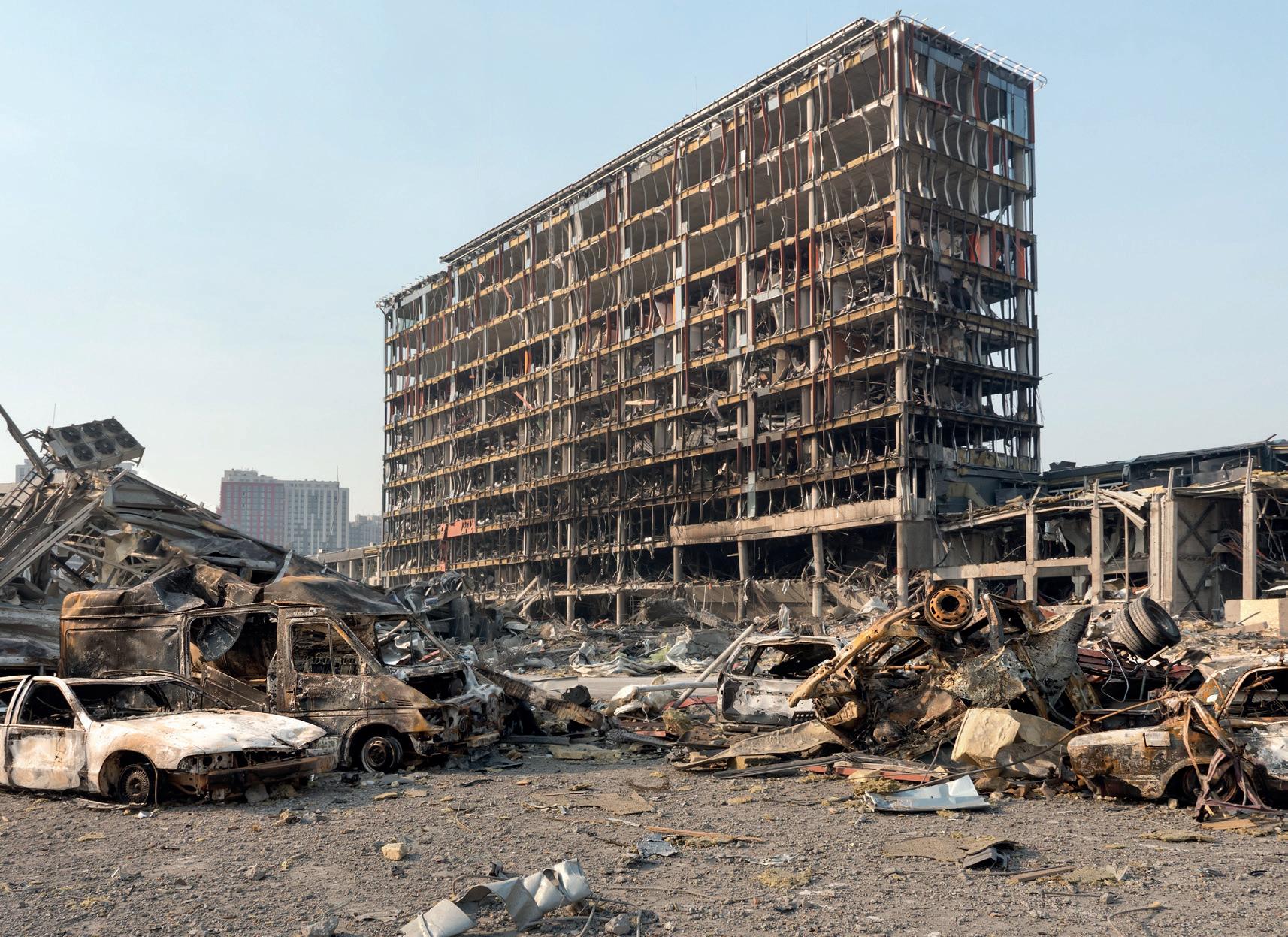
The question of whether polluting activities can be characterised as a breach of legal duty also remains unclear. The main activities that lead to poor air quality include driving and heating homes, both undertaken by the public as part of their daily routine. Thus, it becomes difficult to show that a specific private body is contributing to pollution levels, although Scott and Little are optimistic this is set to change in the coming years.
while the UK announced in March plans to completely phase out imports of Russian oil by the end of this year. Suffice to say, increased investment in renewables is vital for these plans to work.
The National Energy Agency released a report which outlined how global oil demand could be reduced by 2.7 million barrels a day if countries switched to other energy sources. Stuart Dossett, Policy Advisor at think tank and charity the Green Alliance, has said switching to more sustainable forms, such as solar, should always be a ‘no regret option’.
However, through her examination of whether the war could catalyse a

Will war in Ukraine lead to a quicker transition to renewable energy?
quicker transition to renewable energy, Georgie Hughes found some authorities were reluctant to make the switch.
At a time when funds are difficult to come by, MP’s such as Sarah Atherton from Wrexham Council suggest the government should forget Net Zero ambitions and instead just focus on energy independence. But, with increasing evidence renewables are now a cheaper option compared with fossil fuels, the future of our power should no longer be up for discussion.
Nottinghamshire were driving the installation of EV charge points to help reduce CO2 emissions.
Nottinghamshire has managed to install just 23 accessible EV chargers over the year, despite the government’s plan to have 300,000 placed around the UK by 2030. When asked about installing chargers, Clarke was uncertain how the process worked until he spoke to the officer responsible, displaying the lack of communication governments have had with certain councils about the process.
Westminster has 1,500 dotted around the area. Since concerns rose regarding electric charge points, it’s thought Jeremy Hunt’s decision to tax electric car drivers could cause people to divert from investing in the vehicles. From April 2025 drivers will be expected to pay up to £165.
Within her investigation, Georgie Hughes referenced reports that had been completed by local authorities which have highlighted a mere 14% of councils have the funding required to install chargers. Locations in the UK that have chargers installed also may not be viewed as essential -
AirQualityNews correspondent, Ian Packham, has been exploring Pakistan in the wake of this year’s devastating floods, reporting from the frontline of the environmental crisis.
In June, the floods, which were caused by heavier-than-usual monsoon rains and melting glaciers that came after a severe heatwave, were reported to have killed almost 2000 people.
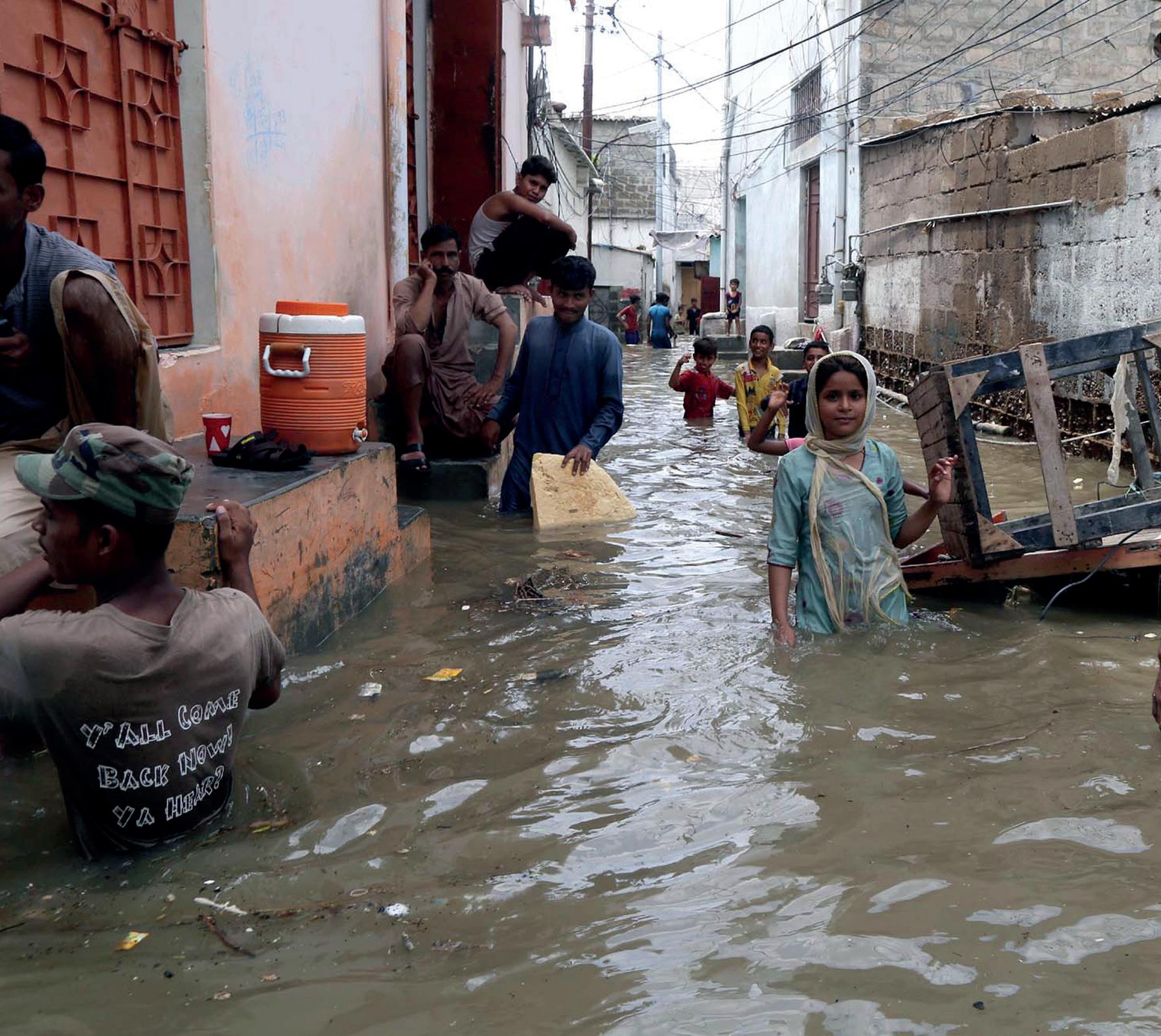
‘More support needed’: Why the UK’s EV charger rollout is stalling
Environment spoke with AirQualityNews about how
The annual monsoon that occurs in Pakistan is essential for replenishing lakes and irrigating crops, however this year’s disaster affected over 30 million people, according to the government.
As well as taking people’s lives, the World Health Organisation (WHO) has reported more than 800 health facilities were damaged in the country, 180 of which were destroyed, leaving millions without access to healthcare.

Packham was due to travel to Pakistan before Covid-19 hit, but the global pandemic delayed his plans. Sadly, given the catastrophe that unfolded, his trip couldn’t be timelier to produce compelling, in-depth features that lay bare the genuine impact of the climate emergency. Beginning in the Karakorum mountains, this series saw him cross the country from north to south.
Moving into the final few months of 2022, Hugh Helferty, a leading energy scientist, sat down with Air QualityNews to discuss the need for oil and gas companies to take responsibility for capturing and storing their own emissions. Helferty spent decades working for fossil fuel giant Exxon-Mobil, so there are few people better qualified to assess how realistic this proposal is.
During the interview, the leading expert spoke at length about his unique blueprint aimed at helping the world reach net zero, and the group he co-
founded - Producer Accountability for Carbon Emissions (PACE). Comprising former oil executives and energy specialists, the idea is relatively simple: a pay-as-you-go style system, in which energy giants are legally required to sequester every tonne of CO2 they are responsible for.
By Trudy HarrisonRounding out the year, AirQuality News gave a platform to the UK’s new Parliamentary Under Secretary of State, Department of Environment, Food and Rural Affairs, to outline recent developments in international air quality policy.

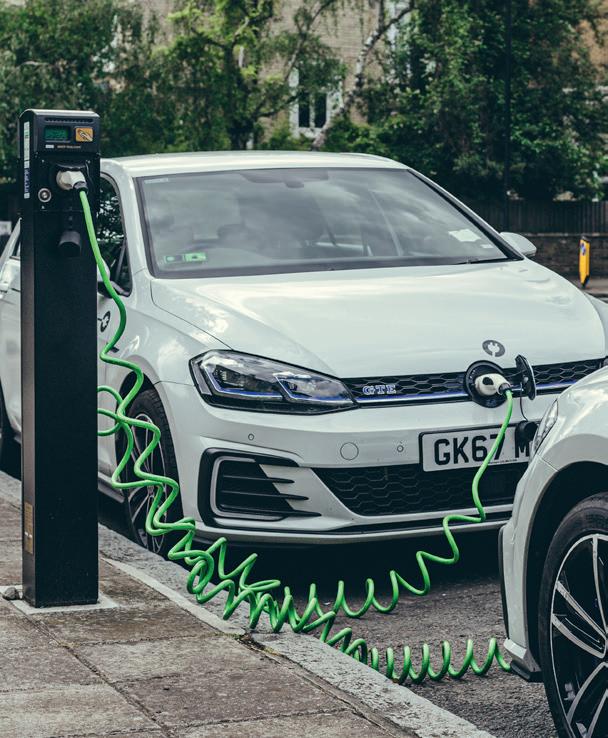
MP Trudy Harrison explained that tackling air pollution is no longer a solo issue, much like the climate crisis, as pollution spreads beyond borders and has little regard for lines on the map.
This means countries must work together to tackle the problem. Harrison outlined the aims of a new International Forum for Air Pollution, a transboundary group working towards multilateral solutions to the crisis, co-chaired by the UK and Sweden, which met for the first time this year.
Transboundary problems need transboundary solutions: Defra’s Air Quality Minister on borderless policy
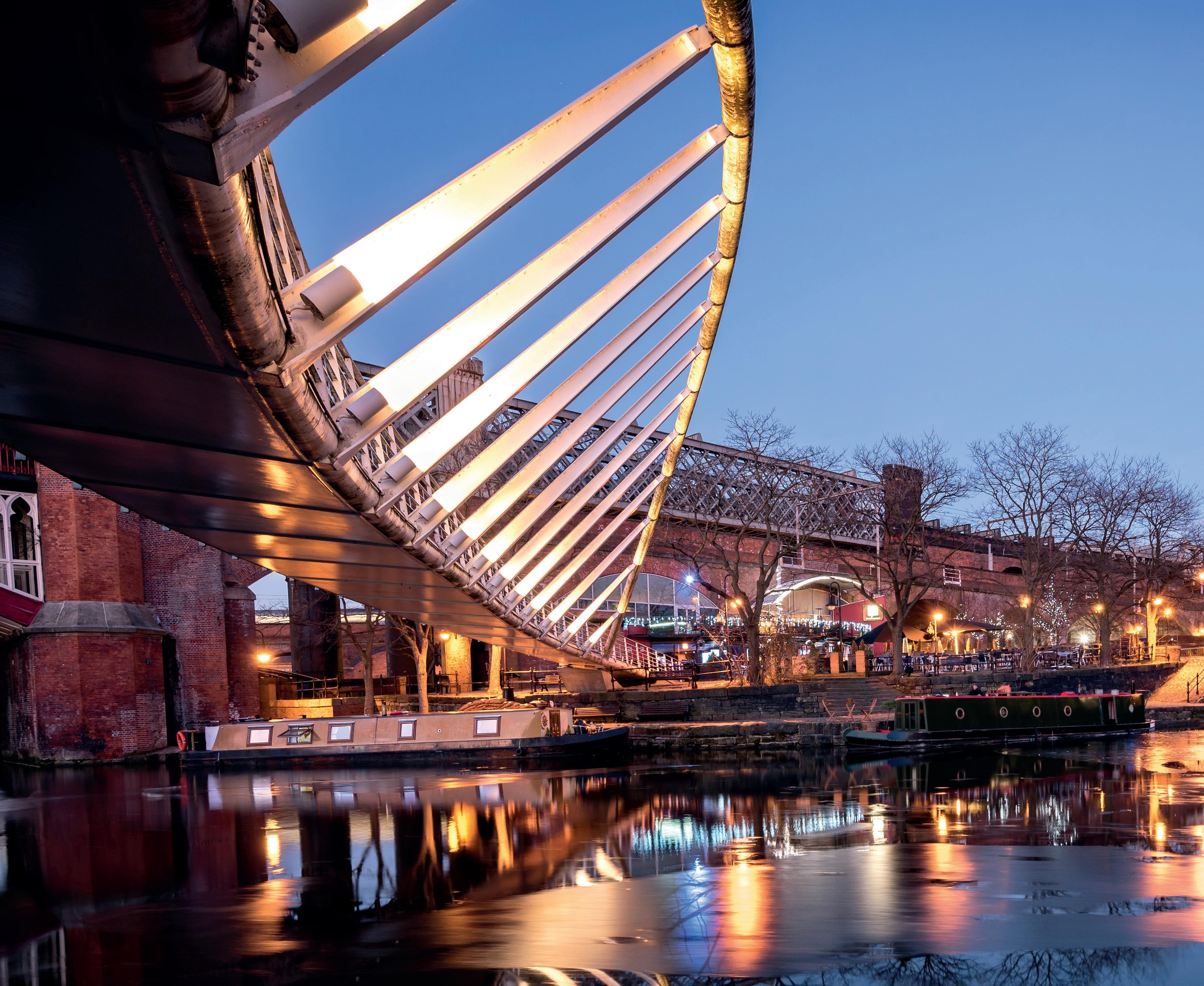
Martin Guttridge-Hewitt talks us through the standout moments, messages and initiatives presented at the National Air Quality Conference and Northern Air Quality Conference
It’s been a huge year at AirQualityNews, and we’re proud of everything the team has achieved over the past 12 months. Not least at our two annual events, which brought together environmental sciences, the public sector, local authorities, and technology experts for packed programmes designed to advance understandings of air pollution.
The first of our dual gatherings, the Northern Air Quality Conference, was held in Manchester, at the historic and prestigious Midland Hotel. Themed on the future of air quality, the May date also marked the tenth anniversary of our magazine, which remains the UK’s leading source of air qualitynews. Not just a clever name, then.
Hosted by Cllr Beverley Nielson from Worcestershire County and Malvern District Councils, and an Associate
Professor at Birmingham University, one of the country’s leading academic institutes for climate and environment studies, her opening address had one clear message: ‘Dare, share, and care to tackle toxic air’. The point being we need bold steps, collaboration, and compassion to beat the biggest public health crisis of our time.
UK100 - no stranger to our pages - was represented by Chief Executive Polly Billington, who offered a fascinating preview of a new report on Clean Air Net Zero produced by the organisation. Delegates from various local authorities were advised not to separate the climate emergency from air pollution, and instead ‘use powers in alignment’ to tackle both issues, which are fundamentally interlinked.
Dr. Chris Rushton from the University of Leeds
introduced the EU-wide CARES project. Designed to overcome legal and technical challenges in identifying the small number of vehicles contributing disproportionate levels of air pollution, it echoed a core truth of an emergency in which not everyone plays an equal part in creating emissions, or bearing the brunt of the pollution.
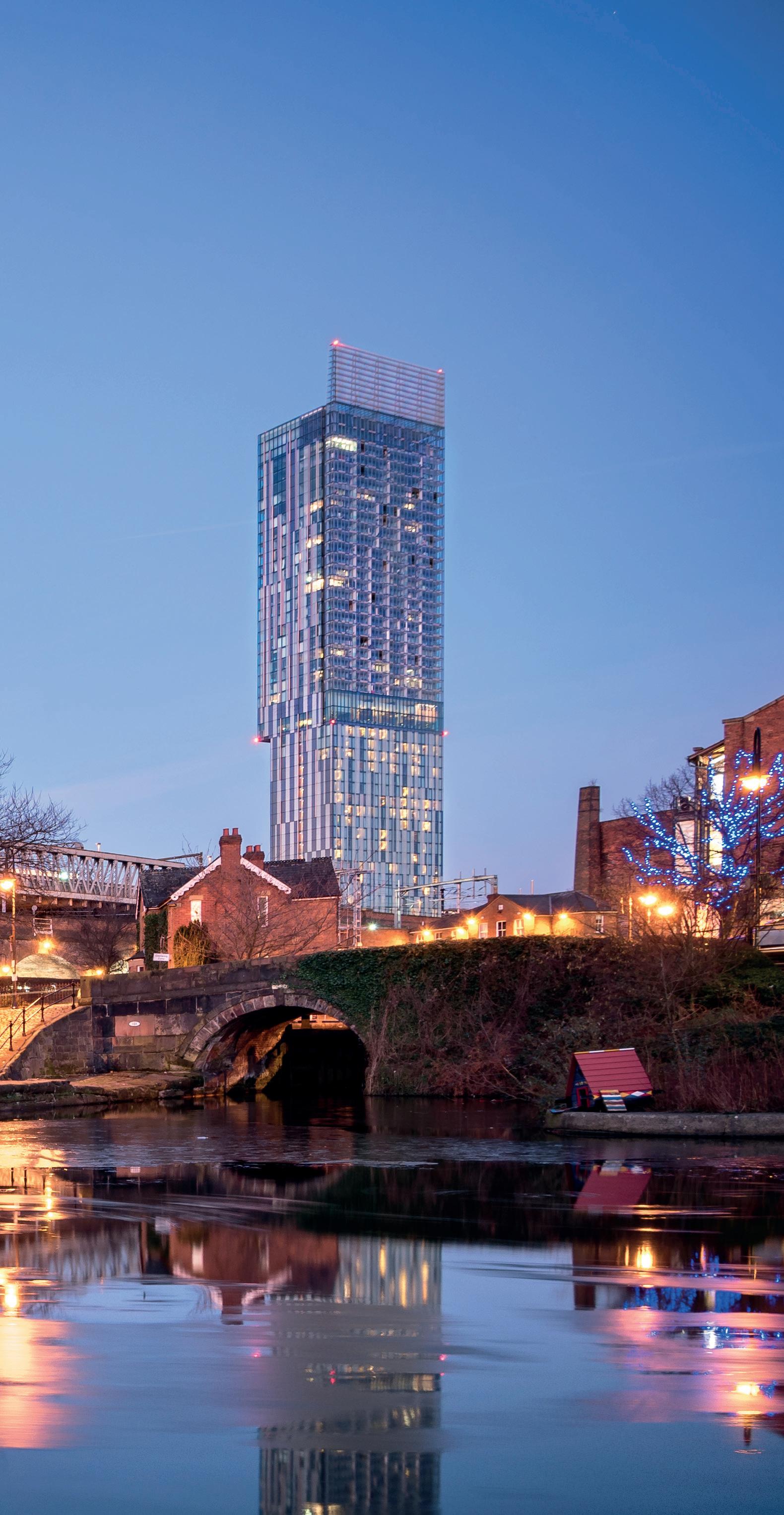
Our panel discussion for the day was nothing short of unmissable. Bradford Council’s Sally Jones explained how hearts and minds were won over to support a Clean Air Zone in the West Yorkshire city with help from Born In Bradford - an organisation we platformed this year in both a podcast and feature article. The scheme has now gone live. Meanwhile, Liverpool cllr Paul Farrell outlined the economic and political challenges stopping a similar idea working on Merseyside anytime soon. Few discussions have so vividly presented how public opinion and policy priorities vary from place to place.
Elsewhere, we heard from none other than Dr. Maria Neira, Director of Public Health and Environment at the World Health Organisation (WHO), who spoke directly from the department's headquarters in Geneva, Switzerland. Imogen Martineau, Portfolio Manager for the UK at Clean Air Fund, then demonstrated how affordable and achievable meeting the WHO's new interim targets for PM2.5 particulate matter by 2030 actually is. This would shave a
decade off the current Westminster timeline, sending a clear message to Downing Street that more can and should be done about this issue.
Sticking with health, Sarah Woolnough of Asthma + Lung UK laid bare the state of British lungs and the need for localised, community action, before Professor Laurence Jones introduced the RECLAIM+ network, established to help local authorities use blue and green infrastructure to tackle air pollution and sustainability issues.
More recently, early-November saw the AirQuality News team descend on Lords in London for the National Air Quality Conference. Again, we invited cllr Nielsen to host the event, a clear sign of our respect and admiration for her day-to-day work, campaigning, and compère skills, who opened with another call-to-arms and highlighted why our conferences are such important dates for anyone involved in air pollution.
Mayor of Hackney, Phillip Glanville, kicked off our guest speakers. One of the most prominent environmental advocates in local government, he outlined the benchmarksetting initiatives his London borough is engaged in - from street trees to local power generation - in a bid to improve air quality, which is predominantly plagued by emissions from vehicles that are merely passing through his jurisdiction. Another sign of how unfair the effects of air pollution often are.
Kate Langford, Programme Director at Impact for Urban Health, took that idea even further with a compelling looking at how non-white and lower income communities bear the brunt of our toxic atmosphere. This is a subject we have reported on for months and explore in greater detail within this month’s magazine.
Later that afternoon, we invited Professor Catherine Noakes from the University of Leeds to make her case for the role property developers can play in achieving good indoor air quality through building design, including lessons learned from the ongoing global pandemic. Meanwhile, Christina Caderato, Director of Transport Strategy at Transport for London, focused on the expansion of the ULEZ to cover the entire UK capital.
While every speaker was impressive, Labour MP for Swansea West, Geraint Davis, may have stolen the show for many. Speaking off-the-cuff, as it were, his speech segued between various issues but had one basic thread - across all sides of the political spectrum, the public is being failed and there is a need to lobby harder than ever for improvements in environmental and atmospheric terms.
This set things up perfectly for the final part of the programme, which gave a platform to a councillor who has been making real change for her constituents. Oxford, already home to Britain's first Zero Emission Zone, is also leading the way in EV battery technology - both for private residents with no off-street parking and commercial, public transport fleets.
Louise Upton, Cabinet Member for Health and Transport, ran through how the planet’s most prestigious university city is pushing the bar with its ground-breaking innovations, which we’ll be looking at closely in the coming months. Consistently varied and unarguably insightful, both conferences were a fantastic opportunity for local authority professionals to understand what their peers have achieved, and how those efforts could work in other areas. Meanwhile, our exhibitors had a chance to present their latest equipment and designs to those responsible for procuring and utilising these essential technologies.














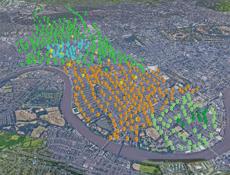


Partnering with air quality experts Vortex gave the council a detailed view of air pollution which led to targeted environmental action.
Result: Improved air quality by 50% and reduced carbon emissions by 1 tonne a day.
Located in the southwest of London, with over 185,000 residents and several major corporations headquartered in the borough, The London Borough of Hammersmith & Fulham (LBHF) is committed to improving air quality for residents through positive sustainability changes, making effective decisions in the right locations and measuring success with accurate data collected from hyper-local, low cost, air quality sensors with street-level accuracy.
LBHF became the first borough to declare a climate emergency in July 2020, pledging to resolve an air pollution and traffic congestion problem and addressing the 80% of congestion attributed to vehicles originating outside the Borough.
Problems caused by high traffic volumes became the largest contributors of air pollution in the borough, compounded by regular use of streets as a thoroughfare for vehicles originating outside the borough. The council wanted a method to measure the results and prove the effectiveness of the restriction zones to residents. Traditional air quality solutions available to Hammersmith & Fulham would not be sufficient in measuring air quality variations at the required frequency and density. LBHF needed spatial and temporal information with sufficient granularity to measure air quality changes at a per-road level, to review traffic interventions and prove their success in reducing pollution with an easy to deploy, affordable and detailed analysis of air quality per street.
Vortex provided a low-cost air quality monitoring solution that enabled the deployment of a dense network of hyper-local air quality sensors to provide real time air quality data to the council. The sensors are all SIM card free and connected wirelessly through a mesh network that’s driven by artificial intelligence and machine learning configurations. Implementing this technology allows the system to identify and execute calibrations and updates remotely, reducing LBHF’s on-site resource costs. PM2.5 PM10 NO2 PM2.5 Highlighting two events
Air Quality Monitoring within the council’s budget requirements
Street-Level data accuracy of Air Pollution

Unprecedented Coverage – World’s densest deployment

Detailed analysis of their entire constituency
Public access to data on their neighbourhood
Lifetime warranty
“
VTX Air has identified high pollution transmission points that were previously unknown. As a result, LBHF’s award winning Traffic Congestion and Pollution Reduction Scheme has reduced carbon emissions by 1 tonne a day and improved air quality by 50% for residents. Using the technology, the public have been able to see their air quality through a publicly available portal to better understand the impact that the Scheme is having on their health. The key benefit for LBHF was identifying where the pollution is originating and understanding the sources of pollution that are generated inside the borough.
LBHF’s installation will further its dense concentration and become the largest scale air quality monitoring network in Europe with a total of 500 sensors deployed before the end of the year.
We needed a system that allowed us to recognise subtle changes in local pollution relating to traffic behaviour. When searching, we found traditional monitors to be far too expensive to install in the density required to see the changes.”
GalsworthyDirector, Parking, London Borough of Hammersmith & Fulham.
JohnVortex’s off the shelf solution provided:
Outcomes: Accurate Data for better informed decisions.
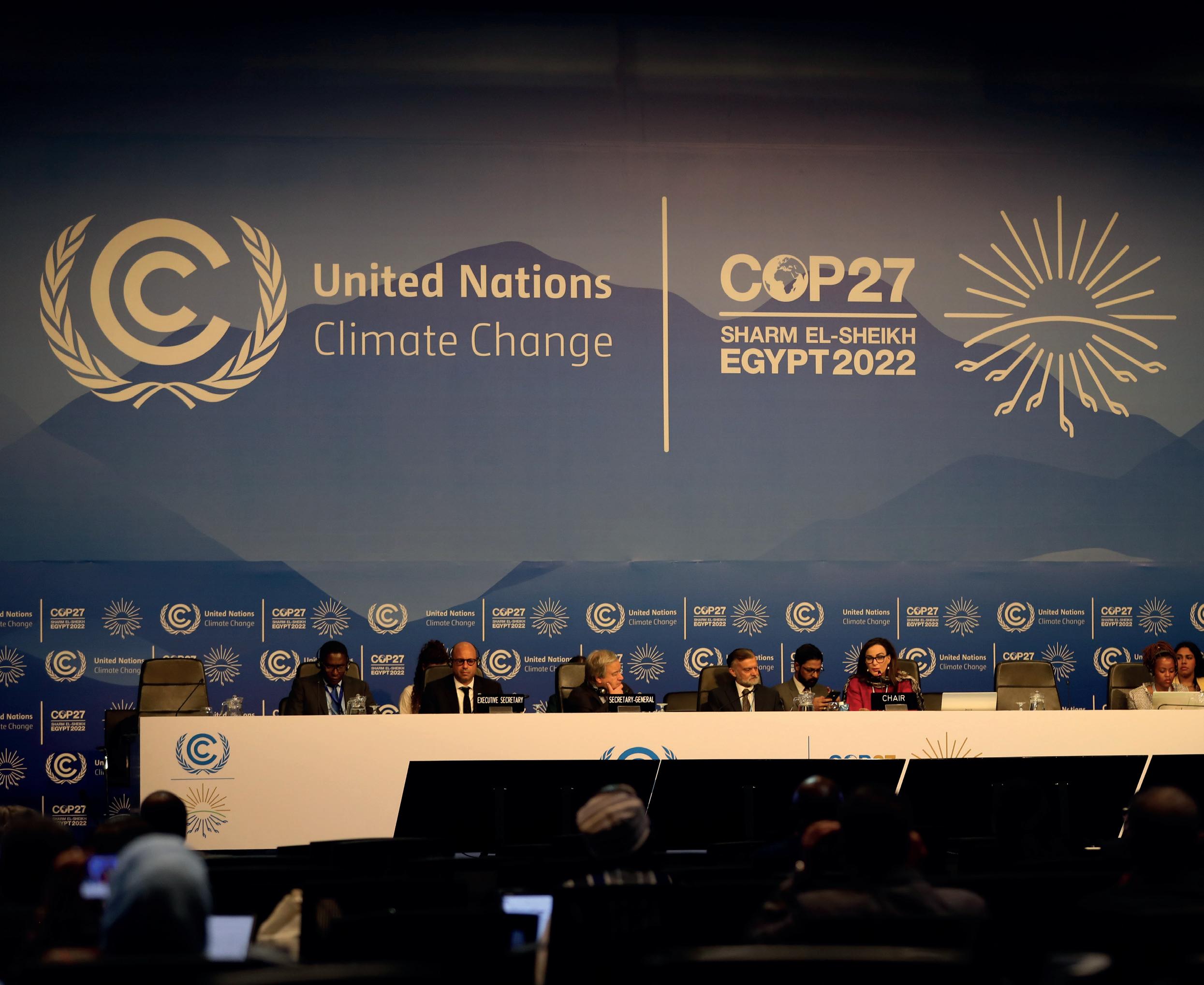
Last month all eyes were on Sharm el-Sheikh in Egypt as the world’s biggest climate conference, COP27, began. There were hopes and fears as government officials touched down to negotiate the existential crisis of our time: the climate crisis.
All the key players were there, including President Joe Biden, Prime Minister Rishi Sunak, EU President Ursula Von der Leyen and 44,000 attendees from businesses, civil society and government. With so much riding on the climate summit, tensions were high as negotiations took place.
We look back at the key discussions and outcomes from the conference which shape environmental policies across the globe.
Loss and damage was the
conversation that dominated COP27 and rightfully so. The term refers to the consequences of climate catastrophe, which a large quantity of developing nations are already facing. Extreme heat in the Horn of Africa has led to drought and famine, while rising sea levels threaten the very existence of South Pacific Island Tuvalu.
The G77, a coalition of 134 developing nations, campaigned hard for a loss and damage fund, as they said they couldn’t afford to recover from climate disasters on their own. Since their individual contributions to carbon emissions are extremely minor, they also believed it should be up to richer nations with excessive emissions to pay for damages.
Throughout the conference it looked unlikely that the poorer nations would get their wish, as major polluters, like the US and China, refused to engage
with the prospect. It was only when the conference had been extended 40 hours past its deadline that progress was finally made - 200 nations agreed to set up a loss and damage fund to assist countries facing the brunt of the climate crisis.
The news was met with celebration, particularly from Pacific Island leaders whose homes are at threat of going underwater. But there remains some scepticism on the mechanisms of the fund, as it’s unclear how recipients of the fund will be chosen. It’s expected it will work on a voluntary basis, which has not been successful in the past, as the $100 billion a year target for developing nations promised in 2015 was not delivered.
Time will tell how the fund will be developed, but for now, poorer nations are celebrating this small win for their communities.
There was a lot of expectation for this ‘implementation COP’ to capitalise upon the small amount of progress made the year before, as the opportunity to act on the climate crisis gets slimmer and slimmer. At COP26 most countries agreed to accelerate the phase-out of coal, while China and India committed to a ‘phase-down’ of coal. This marks the first time a resolution on fossil fuels was included in the final text.
In his COP27 opening remarks, UN Secretary-General António Guterres said the 1.5°C climate goal ‘is on life support’ and called for a pact to end dependence on fossil fuels. However, to the disappointment of activists, scientists and delegates, the summit closed without any commitments to phase out oil and gas. While 80 nations pushed for further ambition on this,
such as the UK and the European Union, they experienced pushback from a few that heavily rely on fossil fuels. Saudi Arabia and other Gulf states were said to have been the most vocal opponents, while China and Brazil also opposed at times too. COP26 President Alok Sharma expressed his ‘disappointment’ at the outcome, saying: ‘I said in Glasgow that the pulse of 1.5 degrees was weak. Unfortunately, it remains on life support. And all of us need to look ourselves in the mirror and consider if we have fully risen to that challenge over the past two weeks.’
However, small steps towards decarbonisation were made, with Portugal and Washington State committing to phasing out oil and gas
outcomes of COP27 as disappointing, since no further progress was made to cement the 1.5-degree goal, other countries celebrated the loss and damage fund for finally offering support.

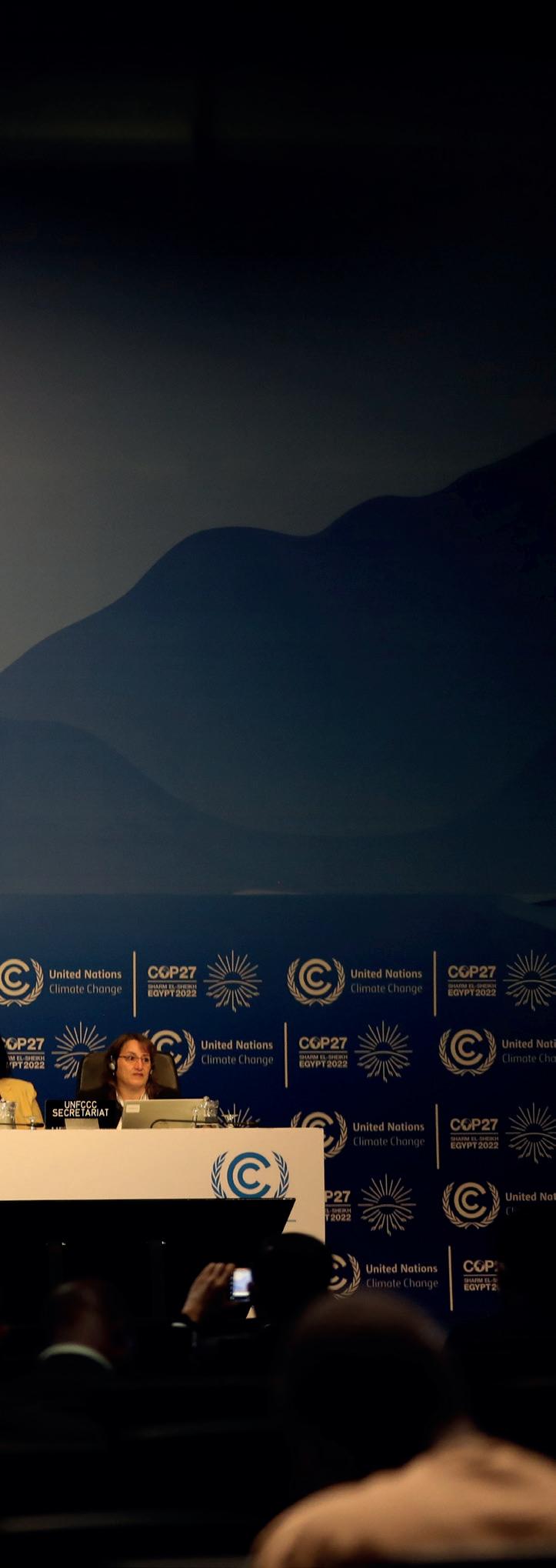
Developing nations have been campaigning for the fund since 1992. Mohamed Adow, Director of energy and climate think tank Power Shift Africa, said COP27 was ‘a surprise precisely because for once the needs of the vulnerable were actually listened to.’
Reacting to comments that COP27 had achieved little, he tweeted: ‘It's now a bit rich for the historic polluters of the wealthy global north, who have caused the climate crisis over the past 100 years to complain about a lack of
by joining the Beyond Oil and Gas Alliance (BOGA). The small group of nations and states, led by Denmark and Costa Rica, includes France, Greenland, Ireland, Quebec, Sweden and Wales. The UK also announced a $20bn partnership with Indonesia to help the major emitter to transition to clean energy, alongside joint leads USA and Japan. A US spokesperson said it could be the single largest climate finance transaction ever.
What was most notable about this year’s summit is that the views and concerns of countries in the global south were central to discussions. While many in the West saw the
progress on emissions reductions at this meeting in Egypt.
‘Of course, it was disappointing that countries didn't agree to phase down all fossil fuels, including oil and gas. The science is clear that we need to leave coal, oil and gas in the ground. But we don't need this hypocrisy & we must call it out. To decarbonise we must decolonise.’
Indigenous peoples also welcomed the fund, with the International Indigenous Peoples Forum on Climate Change (IIPFCC) calling it ‘a major success’. Around 250 Indigenous peoples’ representatives attended the summit, but there were reports from some that they felt left out of conversations. At least four Indigenous
activists were barred from attending the second week of talks after they were thrown out by security for holding a ‘People vs Fossil Fuels’ banner at President Joe Biden’s speech.
Several controversies stole attention away from discussions at COP27, with many frowning upon the choice to hold the conference in Egypt, a country renowned for infringing upon human rights. Egypt has repeatedly imprisoned vocal critics of its regime

British-Egyptian technologist and political activist, Alaa Abd El-Fattah, in particular overshadowed Egypt’s attempts to represent itself as an environment leader. El-Fattah was arrested on dubious charges after playing a role in the Egyptian prodemocracy rebellion in 2011, with his latest sentence based on terrorism charges. The activist had been on a hunger strike for six months prior to COP27 to protest his arrest, which escalated once the conference began as El-Fattah refused to drink water.
World leaders, such as prime minister Rishi Sunak and French president Emmanuel Macron, called for his release, as well as his sister Sanaa Seif who travelled to Sharm el-Sheikh to share his story with the media. Unfortunately, the activist was never released and remains in prison, having broken his hunger strike after medical intervention.
important 1.5°C target which would ensure a safe amount of global heating. But little was done to further secure this commitment, with disagreement on whether to phase out oil and gas. Scientists say temperatures are currently 1.2°C warmer than preindustrial levels, meaning the window of opportunity to limit heating is rapidly closing. The lack of progress in this arena left many feeling dissatisfied, with some saying it is no longer realistic to expect we will reach the 1.5°C goal.
which did not bode well for the many activists bound to attend the summit. At least a handful of delegates and hundreds of Egyptians were arrested for taking part in protests.
The unfair imprisonment of
This was not the only controversy, as more fossil fuel lobbyists than ever before attended the conference. 636 lobbyists are believed to have shown up to the UN event in Sharm el-Sheikh, over 25% more than the year before. The United Arab Emirates is the only country to have outnumbered the fossil fuel industry, with 1,077 delegates, while Brazil, the second most represented country, had only 574 delegates.
Towards the end of COP27, everyone was focused on that all too
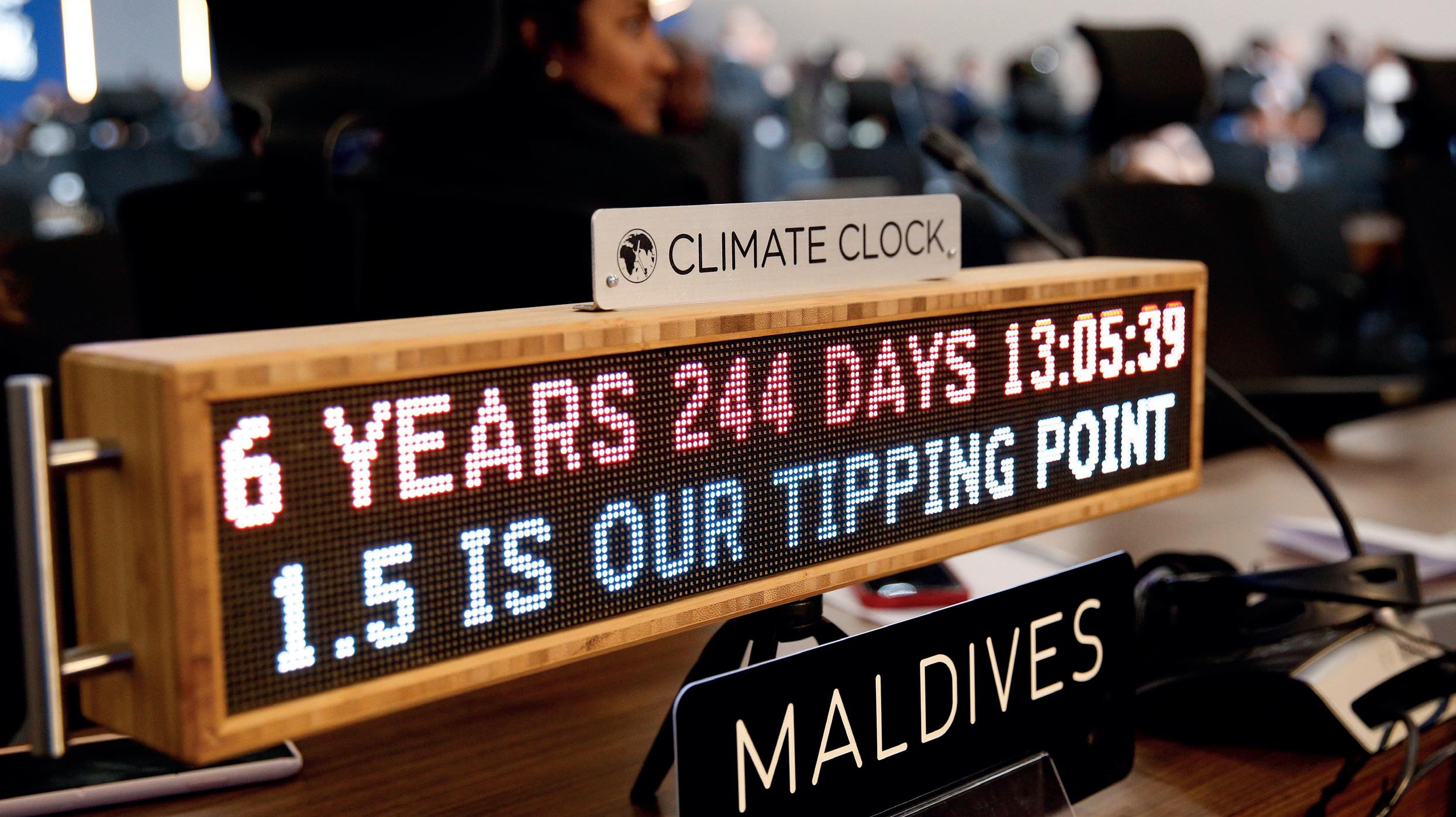
But this has been met with steadfast criticism from International Energy Agency (IEA) Executive Director, Fatih Birol, who slammed the claims, saying they were ‘politically wrong’. He added that anyone making these claims is playing into the hands of the fossil fuel industry, which is eager to capitalise on defeatism. He told the Guardian: ‘I find the emerging chorus of this unusual coalition of people saying 1.5C is dead factually and politically wrong. They are jumping to conclusions that are not borne out by the data.’
Most delegates agree more action needs to be taken to secure 1.5 degrees of warming at next year’s conference, but it’s fair to say breakthroughs were made in terms of climate adaptation. COP27 also saw the first ever youthled climate forum take place and the launch of the Forest and Climate Leaders’ Partnership (FCLP), with 145 nations committed to halting forest loss and land degradation by 2030.


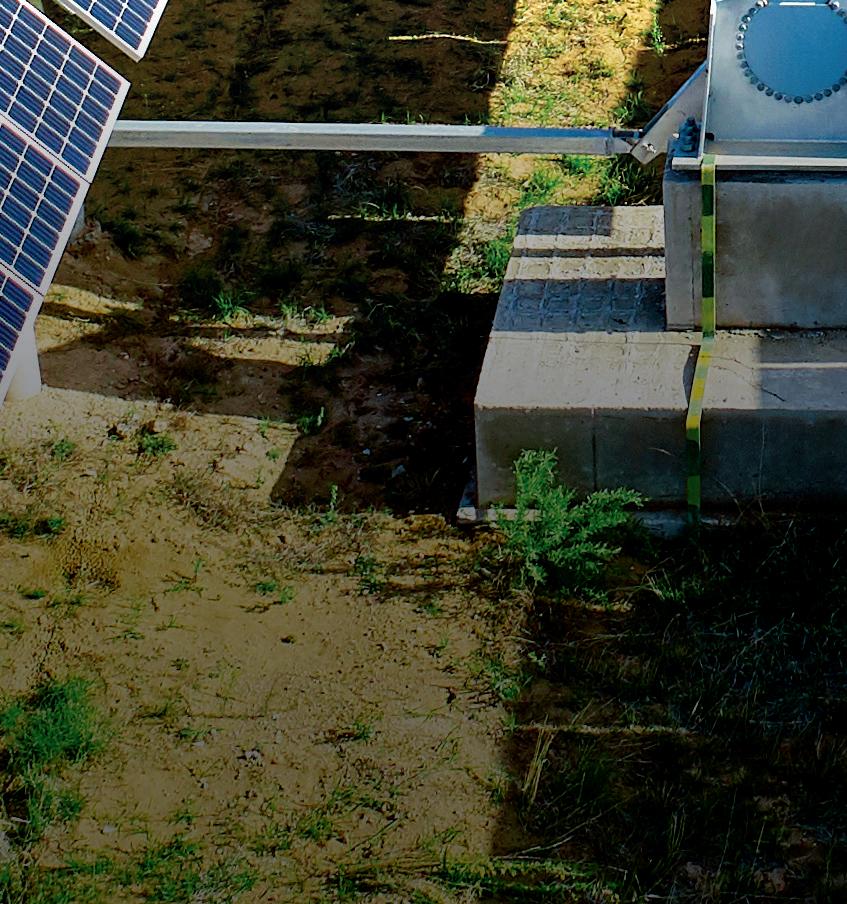
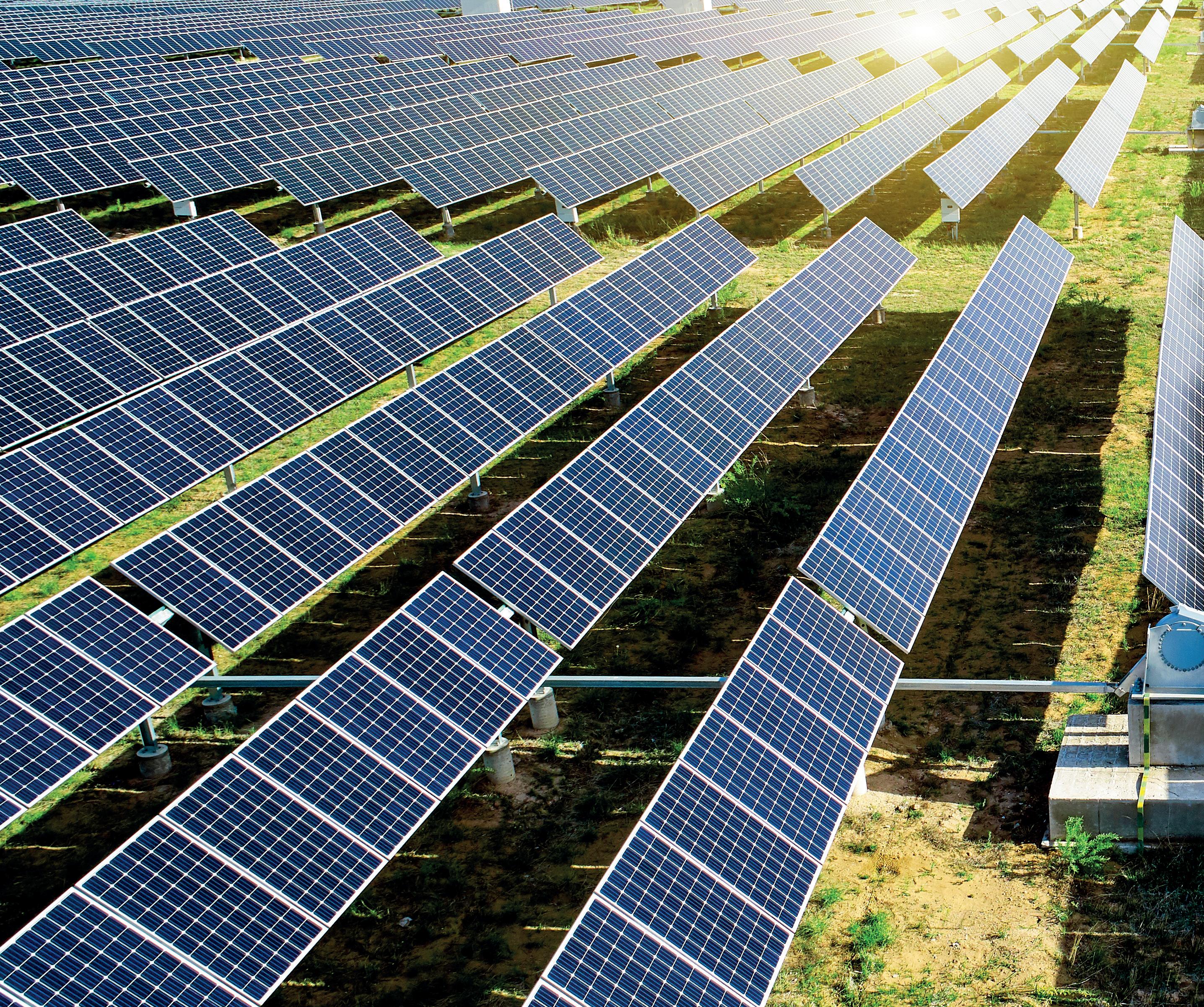
This year saw one of the most important cases of our time brought before the High Court. The case, pursued by organisations Client Earth, the Good Law Project and Friends of the Earth, disputed the effectiveness of the UK’s Net Zero Strategy (NZS), as lawyers said it lacked detail and transparency. Just under a year after the strategy was first published, it was deemed ‘unlawful’ in a landmark ruling.
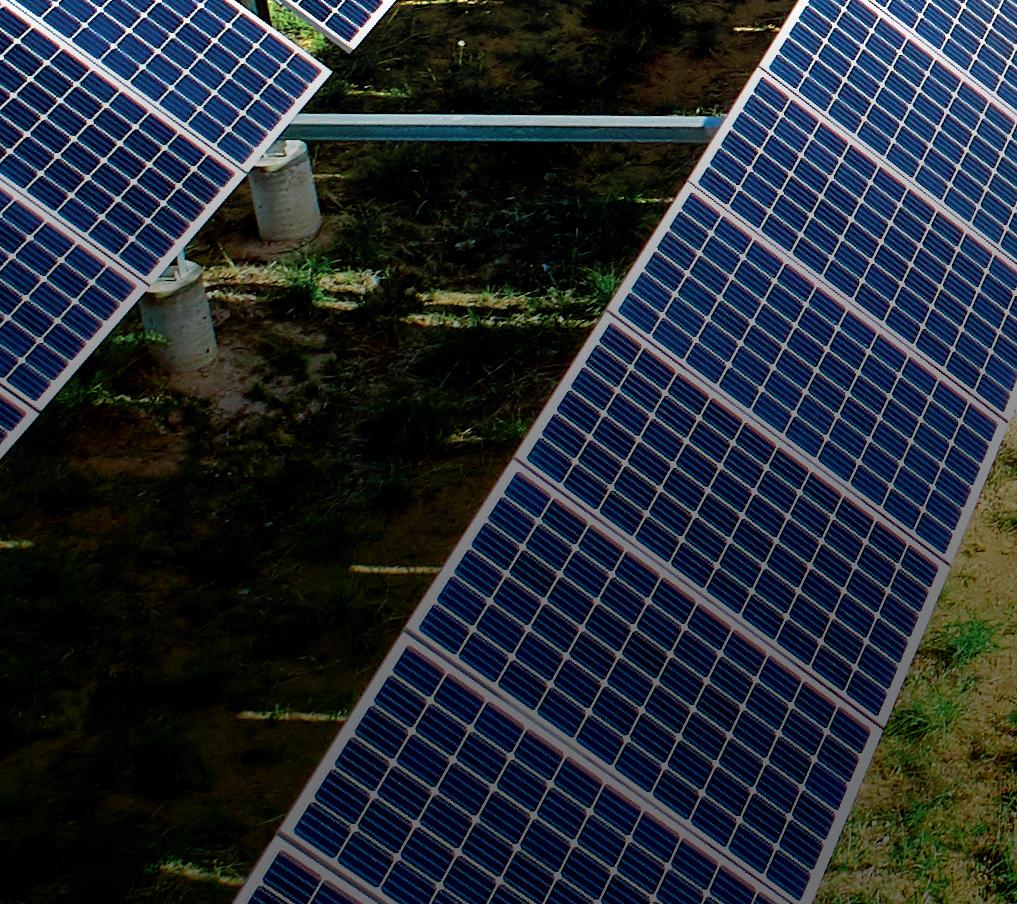
When the plans were first released last October, it was hailed as a progressive step by the Conservative government, bringing the UK closer to achieving its net-zero goal. But the proposed measures only accounted for 95% of emissions. There was no explanation as to how the 5% shortfall could be met.
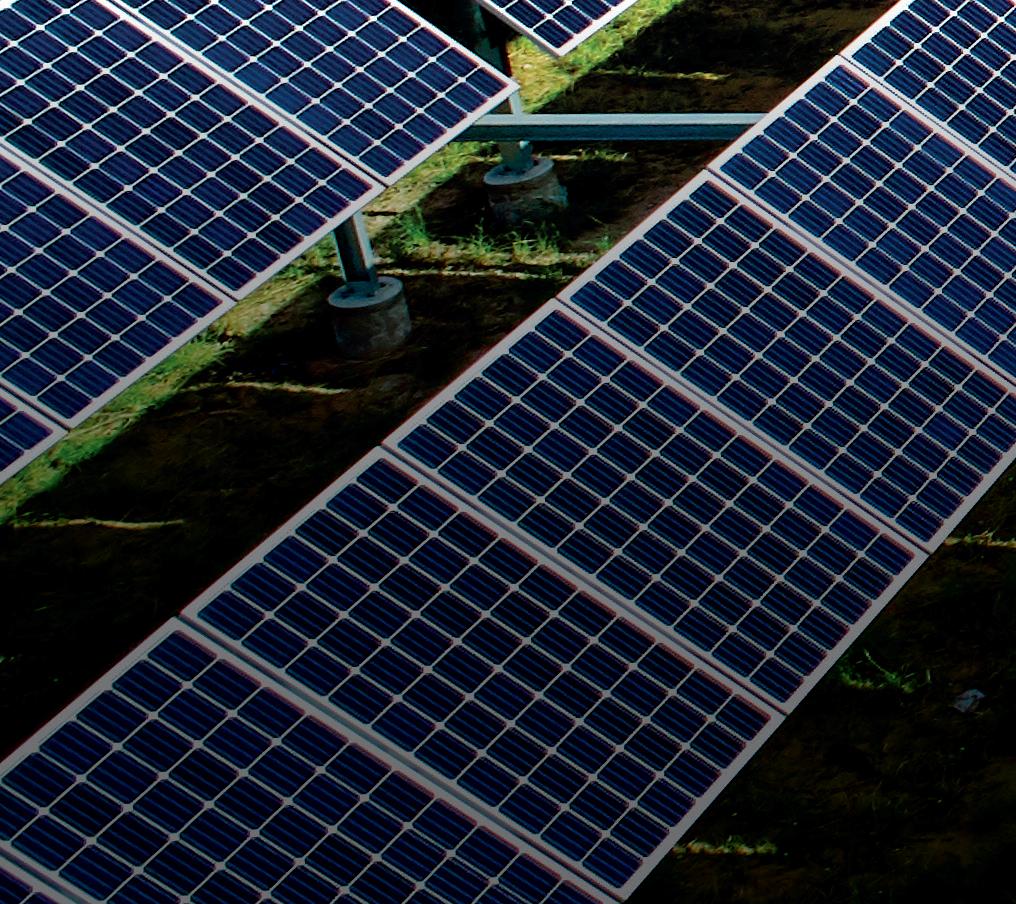
ClientEarth Senior Lawyer, Sam Hunter Jones, tells AirQualityNews the strategy failed to show how it would deliver the UK’s carbon budgets: ‘The latest projections it included showed UK emissions being more than double what was allowed in 2033-2037 under the legally binding targets. The strategy was also heavily dependent on unproven technologies and overlooked available solutions that would have an immediate impact.’ There were also concerns the NZS lacked enough information for the public and parliament to effectively scrutinise it, with the emission
reductions of each policy left out.
Now the government has until March to form a brand new NZS, which fully accounts for all UK emissions and details exactly how net-zero will be achieved. No longer relying on unproven technologies, like direct air and bioenergy carbon capture and storage, could be key in realising this, as Hunter Jones points out.
A recent report on carbon capture storage (CCS) by the Institute for Energy Economics and Financial Analysis (IEEFA) found seven of 13 projects studied had underperformed, while two failed and one fell into disuse. Author of the study, Bruce Robertson, says relying on carbon capture to reach net zero ‘simply won’t work’, calling it a ‘wildly unrealistic climate solution’.
Verner Viisainen, a policy analyst at think tank Green Alliance, says the new NZS should move away from unproven technologies, highlighting the government’s over-reliance on sustainable aviation fuels to tackle plane emissions: ‘The government also needs to be thinking about non-tech solutions to reducing emissions, like demand management for aviation. As well as increasing support for proven technologies such as insulation and heat pumps.’ Plans for aviation would have relied heavily on new technology, like electric and hydrogen aircraft, sustainable
fuels and carbon removal methods, which have not been fully developed.

This isn’t the only area which can be improved though, as the NZS failed to address several important issues which are vital in getting the UK to net-zero. This includes the government’s approach to agriculture and land use, as no concrete targets to cut emissions were set for this sector. Agriculture is notoriously a large contributor to the climate crisis, responsible for 10% of the UK’s emissions.
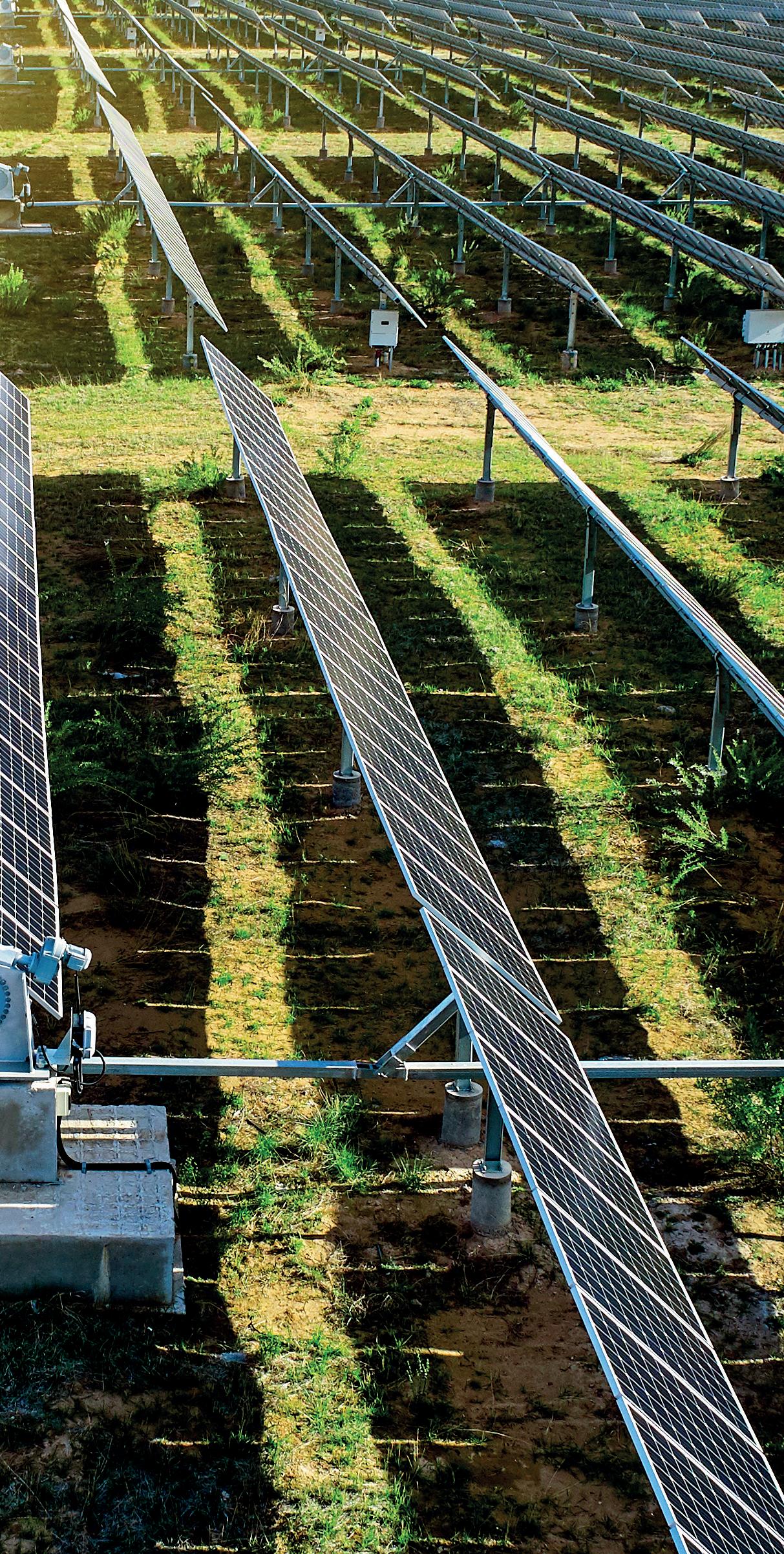
Viisainen adds that a new plan to reach net-zero would need to place more emphasis on driving down agricultural emissions, instead of focusing purely on decarbonising the energy sector. ‘Reforming farming and how we use land are crucial challenges for achieving net zero and improving nature,’ he explains. ‘At the very least, the government needs to get on with delivering on its targets under the Environment Act and making progress on the Environmental Land Management schemes that will support farmers to restore nature and cut carbon.’
The Climate Change Committee (CCC), an independent statutory body advising the UK on emissions targets, identified several ways in which the government’s approach to decarbonising buildings could also be improved. It said there were ‘shocking gaps in policy for better insulated
homes’ which is crucial to not only enhance energy efficiency, but also to support households amidst the costof-living crisis. A speedy delivery of a nationwide home insulation programme, heat pumps and a ban on gas boilers is required to achieve this.
Plans for the UK’s transport system in the NZS were much stronger, with commitments to end the sale of petrol and diesel vehicles across all modes of transport. But it’s thought there’s still room for the government to go further with proposals to increase the sales of electric vehicles. ‘Green Alliance have been calling for a sales mandate on car manufacturers to increase sales of zero emission vehicles (ZEV) for a few years now,’ says Viisainen. ‘An ambitious ZEV mandate would help to provide market certainty for the industry, support jobs in the UK and get more electric vehicles on the road. This is vital if the UK is going to achieve net zero emissions for transport.’ The rollout of public charging points across the UK also needs to be improved, as a north-south divide is currently evident, putting off large swathes of drivers from the transition to electric.
It's clear that while the UK had set some of the world’s most ambitious climate targets, a lot of work still needs to be done for net-zero to be delivered effectively. The court case which scrutinised the NZS has huge implications for not only the UK’s environmental strategy, but also for the future of climate litigation. Holding the government to account is crucial if the climate crisis is going to be beaten.
‘Climate litigation is a powerful lever to push for systemic change,’ said ClientEarth’s Hunter Jones. ‘It’s not a silver bullet, but legal cases are important for keeping corporations and governments to their legal obligations. Climate litigation in the UK reflects a global trend and is supporting climate action across the world.’
With only a few months left until plans for the new NZS are revealed, experts hope the government will take their advice on board. The stakes are high and it’s imperative that net-zero is delivered efficiently and on time.
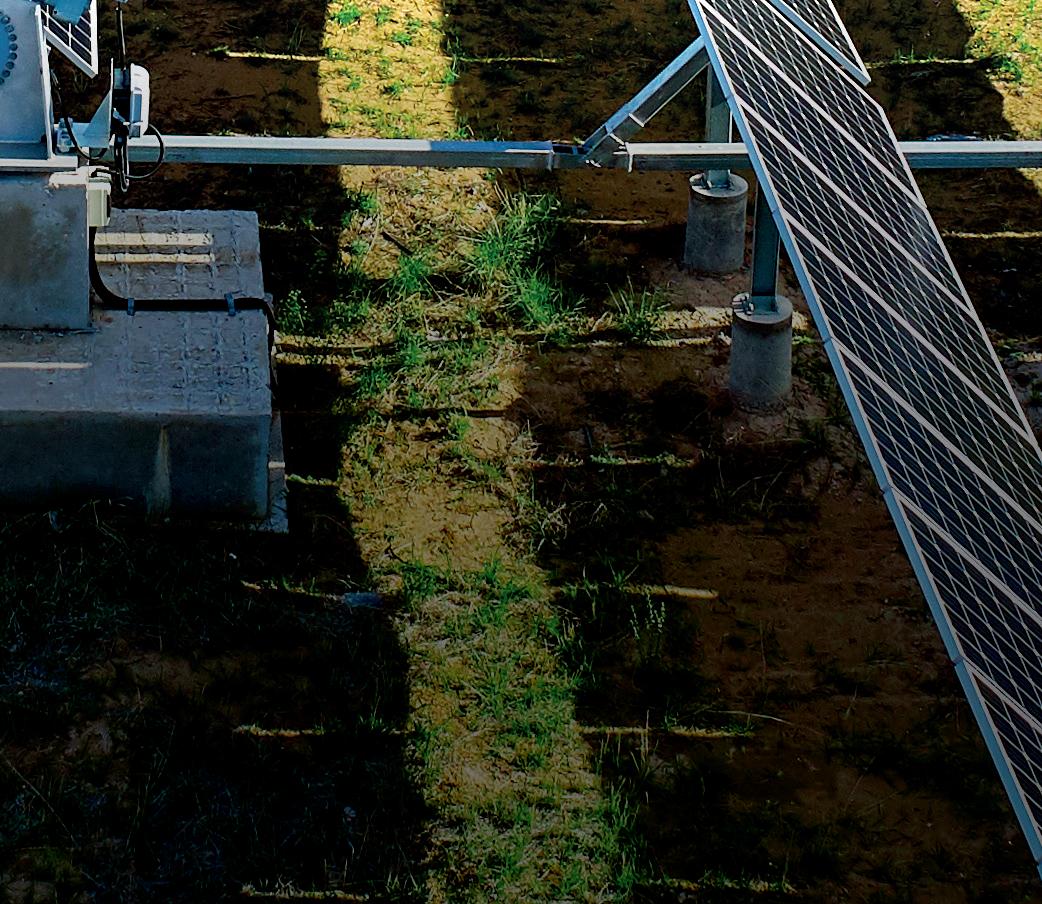
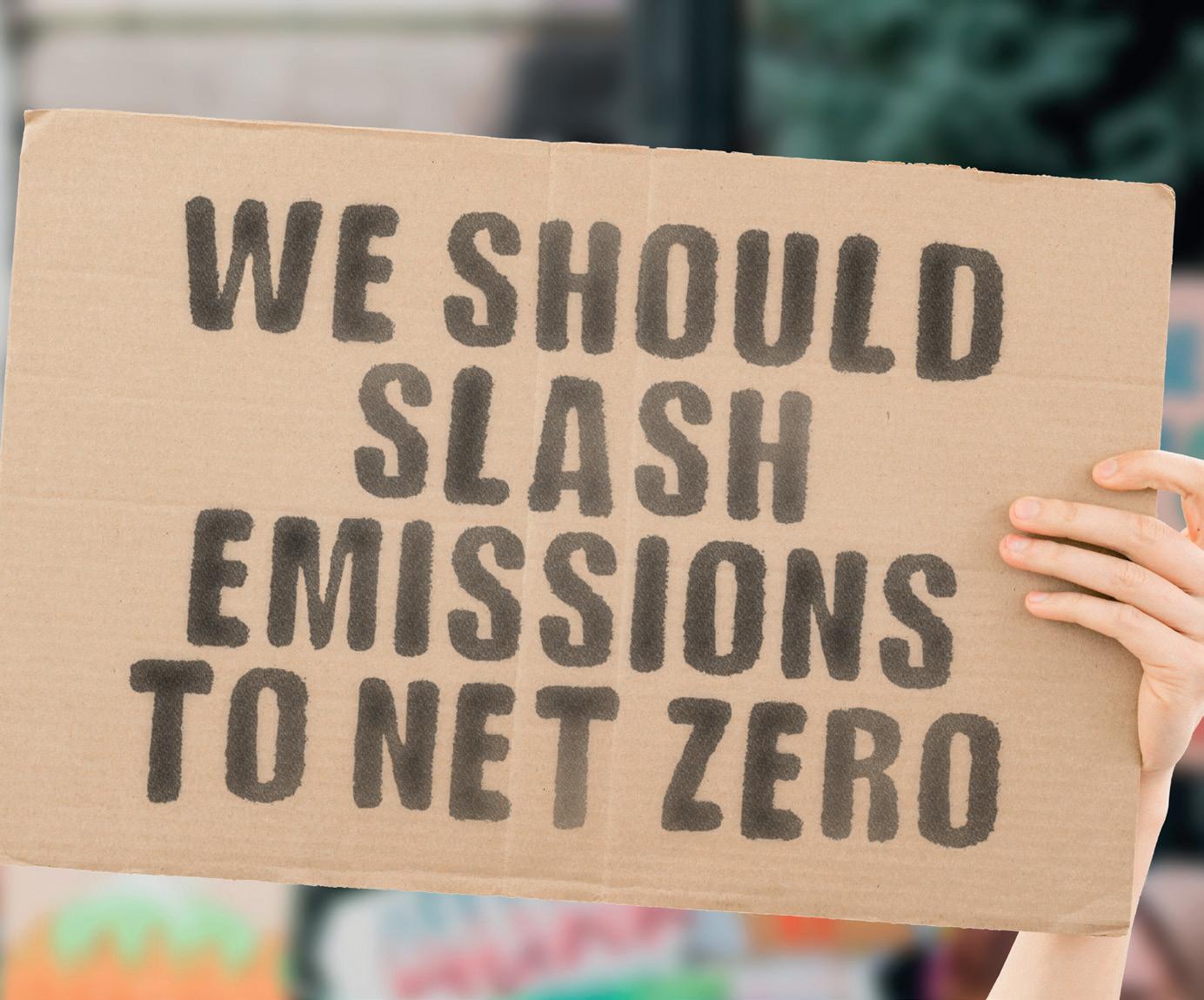
With overwhelming evidence to show that the most disadvantaged in society bear the brunt of pollutants, despite contributing least, Martin Guttridge-Hewitt explores the uneven impact of toxic air and how to help those most in need
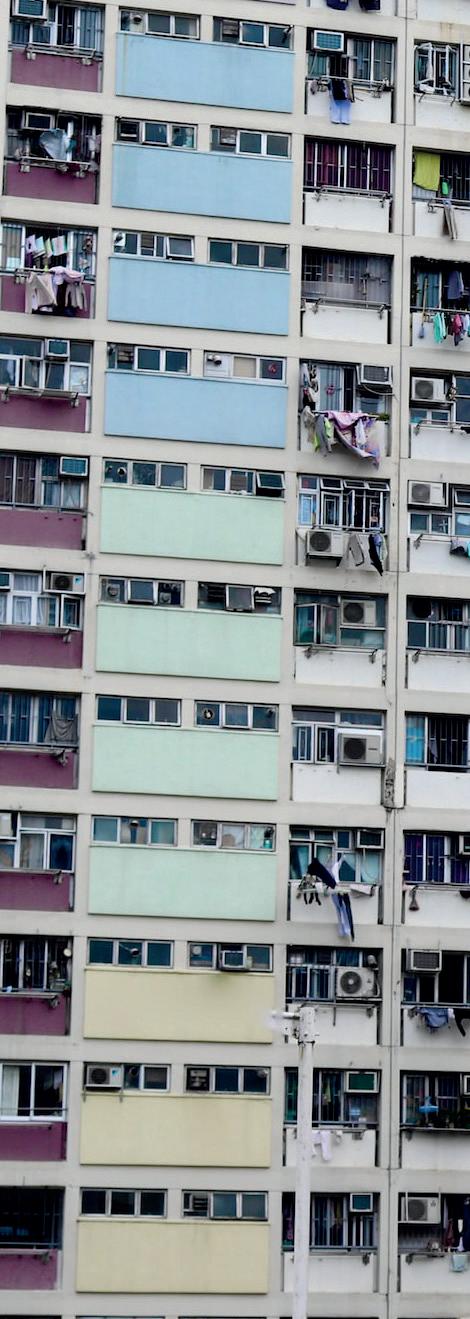
Nitrogen dioxide (NO2) and particulate matter (PM10 and PM2.5) are grave concerns when it comes to traffic emissions across the UK and beyond. Proven to cause respiratory infections, asthma, and chronic lung disease, research leading to panic has catalysed efforts to reduce concentrations of these and other pollutants in a bid to save lives.
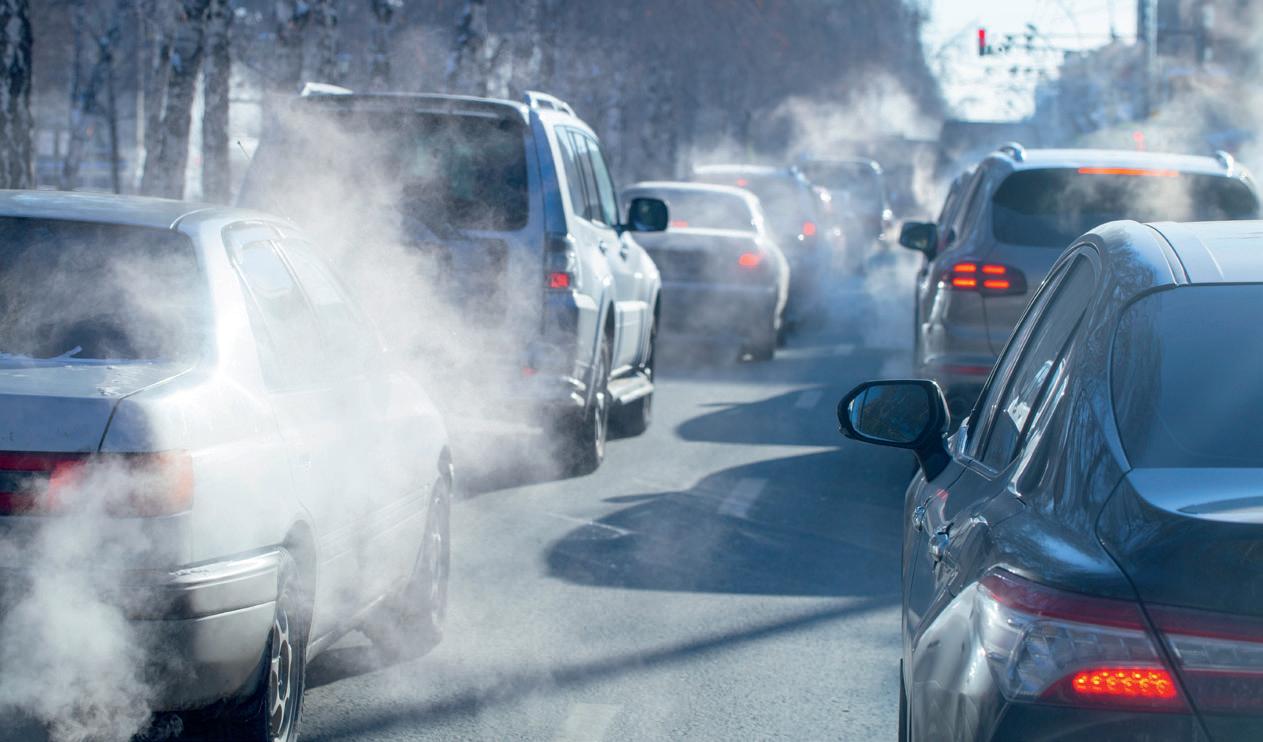
These steps are understandably welcomed by air quality campaigners, but an uncomfortable truth remains.
Air pollution is not evenly distributed, and its impact disproportionately affects minority ethnic and low-income communities. Those most likely to live near busy arterial roads, motorways, and transport hubs.
Proximity to other pollution sources, like industrial sites, is also often too close for comfort. A comparative lack of green assets, such as parks and trees, compounds the
situation. Research by The Runnymede Trust paints a vivid picture of this: 20% of the UK’s most deprived areas are home to one-third of its waste incinerators, with just 90 such facilities found in the wealthiest 20% of neighbourhoods. The organisation has identified ‘air pollution sacrifice areas’, predominantly home to impoverished and minority populations.
In November, the Mayor of London published damning evidence spotlighting the terrifying human cost. Half the city’s recorded childhood asthma hospitalisations between 2021 and 2022 were from black, asian and other minority ethnic groups. The fact that NO2 levels in these communities are on average 16 to 27% higher than majority white neighbourhoods is no coincidence.
‘We're really interested in these social justice elements of the air quality story, the equity elements. Whether that's income, car ownership,
or which ethnicities are bearing the brunt,’ says Mike Childs, Head of Science Policy and Research at Friends of the Earth, which unveiled its own study looking at air pollution impacts on different demographics in September. In addition to other things, the work emphasised people most affected contribute least to the problem, with low vehicle ownership common among those on the front line.
‘People who suffer worst from air pollution are likely to be those that are also suffering from more extreme heat, because they're less likely to have green space around them, and more likely to be in built up areas - so less space for the heat to escape and less space for the air pollution to escape,’ Childs continues. ‘So you've got these built environment realities, too. But the solutions can often be the same, as well.
Solutions to climate change are about encouraging people to cycle
and walk more in urban areas, and move to clean public transport, which should be electric - although that’s not a wholesale fix. These are things we need to do for climate, and also the things we need to do for air pollution.’
While this is patently true, sustainable transport modality is vital in protecting environment and atmosphere alike, the fact particular groups are more exposed to toxic urban air is a far more complex problem, with many still unwilling to acknowledge the causes. What’s abundantly clear, though, is empowerment and knowledge-sharing are effective in ensuring communities understand their rights.
‘How do you move from A to B, where B is clean air, for the most disadvantaged? We know in policy terms there are steps. You can begin by getting rid of some of the most polluting vehicles by putting in Clean Air Zones, Low Traffic
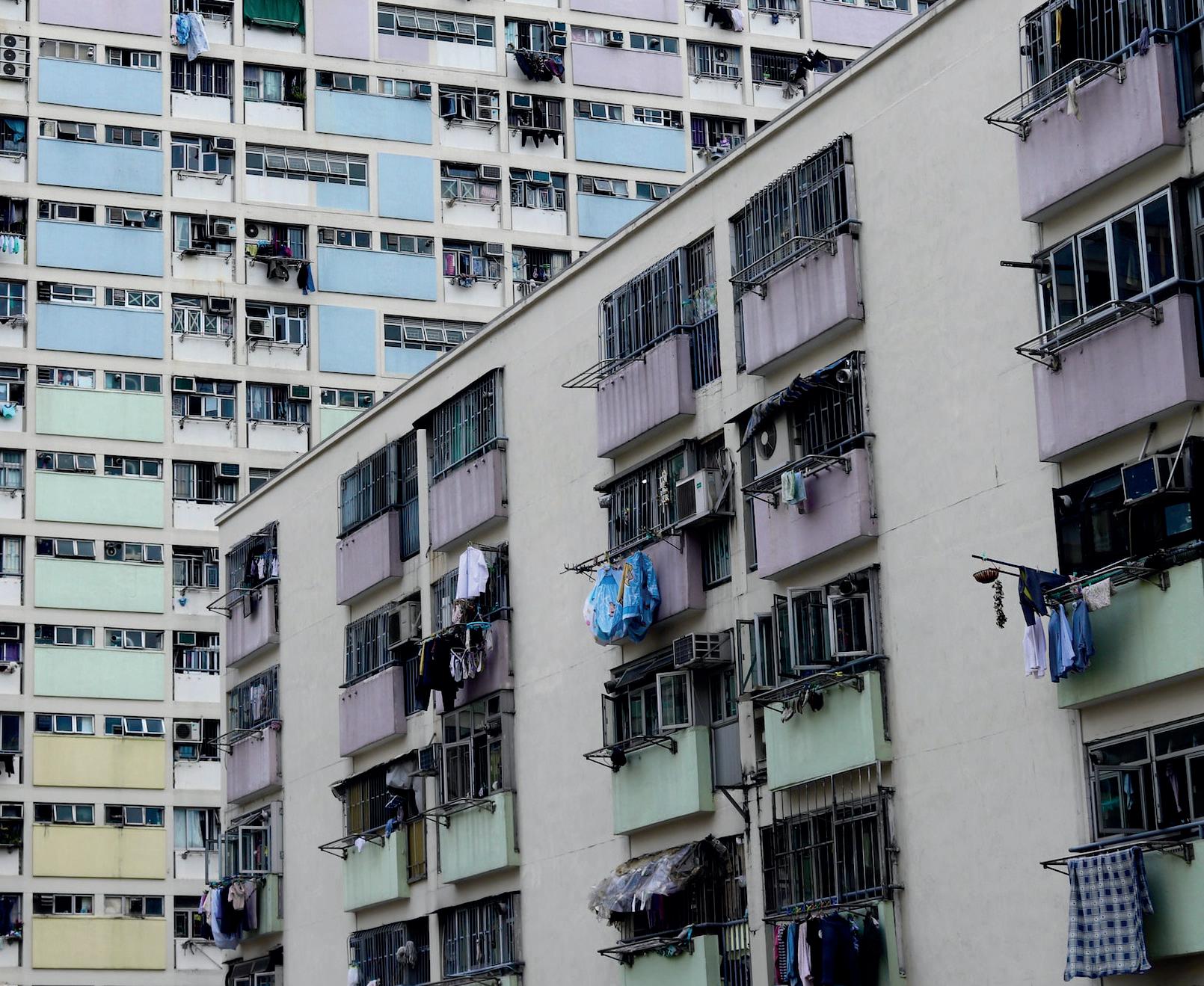
Neighbourhoods, or School Streets. Ultimately, though, this is about politics. How do those people get their voices heard more? I think that's about trying to bridge gaps, establishing integrated connections,’ says Childs.
‘That means working with people who are within those communities already - maybe food banks, those working with a whole range of other issues including racial equality, and saying: ‘There's a connection here, let's work together,’ he continues, explaining Friends of the Earth wants to ally with people historically under represented in environmental discussions. ‘We can’t just march in… [but] we can bring analysis, information, solutions to include in those conversations. We're committed to doing that at a local level. Hopefully, we'll see more coming together and recognition this is a coherent agenda - social justice and the environment aren't separate issues.’
Established in 2020 by teenagers predominantly from minority ethnic and working-class backgrounds, Choked Up is a grassroots organisation committed to action on air pollution. From on-the-ground campaigns in Lewisham, Whitechapel and Brixton - fake road signs erected with the warning ‘Breathing Kills: Pollution Zone’ - to attending and speaking at major environmental events like COP26 in Glasgow and C40 in Buenos Aires, they talk from experience as vulnerable people, their homes standing in air pollution hot spots, their developing lungs more susceptible to damage than those of adults.
Co-Founder Anjali RamanMiddleton agrees education is essential to help people in the worst areas for air quality. ‘I think many are quite unaware, those in the communities that I’ve been working with and the communities I'm from, don’t often know they can protect these rights in a
legal way or understand what they are entitled to.

This side of it, nobody ever tells you about. And it’s not immediately obvious, which makes it hard. I also think a lot of people just aren't thinking about what they’re breathing in. They’re so used to traffic, but not making the connection.’
‘Something that has come up, quite a lot actually, is a need for youth engagement, like climate youth panels in cities, so young people can actually influence policy within their area about things like climate change or air pollution,’ she continues, when asked for messages to those in power, regionally and nationally.
Law and Co-Director for Research on Race and Law at London’s Birkbeck School of Law. Her career to date has involved researching and working around immigration, asylum, criminal justice and protest-related legislation. As per a recent lecture at UCL in which she introduced evidence around health inequalities, her current focus is the racialised effects of air pollution, which she considers a governmentsanctioned crime. She also says the legal system isn’t currently designed to properly hold parties accountable for verdicts like unlawful death, because tangible regulatory or legal changes rarely seem to be the end result.
‘[Air pollution] is a sort of slow
individual died of asthma’, or ‘this individual died of overexposure to air pollution’. That doesn't really account for why that particular person was made vulnerable to being disproportionately exposed to pollution, and that's why it’s a question of health inequalities, a term defined as preventable differences in health outcomes between groups separated by factors like geography, socioeconomic status or race,’ El-Enany continues. ‘If you're black, or from a working-class background, you are most likely to live in an area where you are disproportionately exposed [to air pollution].’
El-Enany is keen to express admiration and appreciation for the efforts of Rosamund Kissi-Debrah, whose nine-year-old daughter, Ella, tragically became the first British person to have air pollution listed on their death certificate. The product of years spent campaigning for amendments to the initial coroner’s report, those efforts have directly fed into the Clean Air Bill, or Ella’s Law, which recently passed the House of Lords Committee Stage.
Our toxic atmosphere is now recognised as fatal, meaning policymakers must step up. But what lies at the root of its uneven impact often remains ignored. For El-Enany, and Kissi-Debrah, who has not stopped campaigning even after the updated verdict, only when these causes are approached head on will real justice be served.
‘The coroner doesn't look at structural inequalities, histories of colonialism, transatlantic slave trade,’ says El-Enany. ‘They don't look at how people come to find themselves in the conditions they find themselves in today. They don't think about how race might affect where you live, whether you might be more likely to die of asthma because you breathed dangerous levels of pollution.’
‘What has been changing is not necessarily engagement, but the politicians’ desire to look as if they are engaging and interacting with youth. It’s like people are now seeking out youth activists, especially in the climate sphere, and having conversation with them, meeting them, but not actually engaging with them properly or letting them into important spaces. That needs to change.’
Dr Nadine El-Enany is a Reader in
form of violence - cumulative exposure to poison in the air leading to one's deaths from what may be described, much later in life or at some point in life, as an underlying health condition like asthma. Well, OK, but what caused that asthma?,’ she asks rhetorically. ‘I think it's an important question because if what we're interested in is preventing these deaths, we need to acknowledge the causes.’
‘It's not enough to say: ‘this
Public awareness of how these communities have consistently been systemically failed is arguably rising, with Grenfell Tower, Covid-19’s uneven death toll, and November’s ruling that two-year-old Awaab Ishak died due to conditions at his mouldinfested Rochdale home, reiterate this point and are impossible to forget. Now those with power need to respond by reaching out, listening to, and working with those that clearly need assistance – the only way to champion genuine long-term solutions.










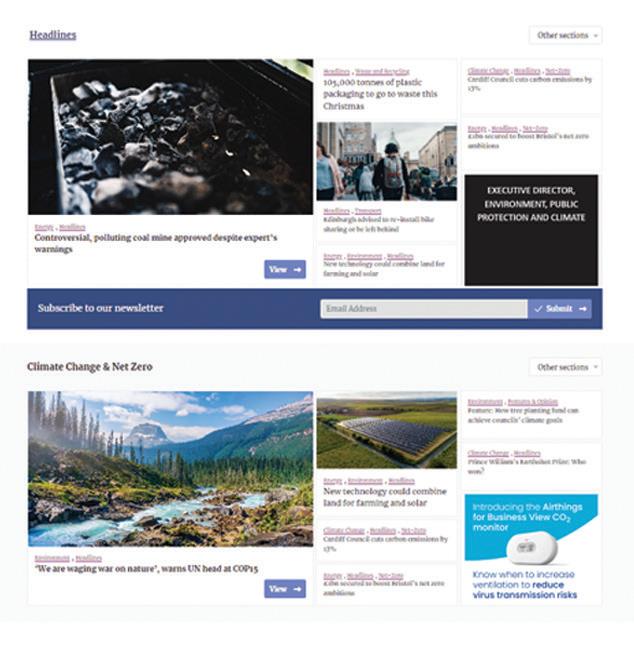
During the Autumn Statement, Chancellor Jeremy Hunt announced in 2025 electric vehicles will no longer be exempt from the Vehicle Excise Duty (VED). The VED is calculated by considering engine size, year of registration and level of CO2 emissions, and because EV’s do not produce tailpipe CO2 emissions, drivers did not have to pay VED.
However, from April 2025 electric cars will pay the lowest rate of £10 in the first year and then pay the yearly standard rate.
Considering the £350 million investment in EV infrastructure announced in 2021, when the increased usage of the EV’s was labelled a crucial component to achieving net zero status by 2050, the removal of incentives is a shock. However, the VED announcement is the third incentive to be pulled away from EV drivers this year. The first incentive, which was scrapped in March, was the Electric Vehicle Home Charge scheme that provided 75% of the fees used to purchase and install home chargers. The Car Grant scheme was the second incentive to be axed in June. The programme previously allowed EV buyers to claim up to £1,500 on vehicle costing no more than £32,000. The incentives pulled away from EV drivers has created a cause for concern as to whether this could reduce demand and usage of EV’s on UK roads.
A report by Moneyshake found a petrol or diesel vehicle emits on average 1.4 million grams of CO2 per year, whereas hybrid or plug-in vehicles emit 200,000 grams of CO2. It isn’t just the environmental impact of these non-electric vehicles, but the impact on public health. Polluting vehicles also emit nitrogen oxide, with government research showing 33% of Nitrogen Oxides (NOX) emissions came from transport in 2020 alone. Further studies have shown that increased exposure to NOX can cause nausea, respiratory issues and in some cases cardiovascular issues. Both the health of the public and the health of the environment need there to be an increase in electric vehicles.
Electric vehicles have evidentially had a positive impact on the UK environment. In 2020, the government reported that domestic transport was responsible for emitting 99 MtCO2e (million tonnes of carbon dioxide equivalent). Although incredibly high, the CO2 levels were in fact a 19% reduction from 2019 and the largest fall in emissions on record. Take this in conjunction with a report by car marketplace Heycar which found electric car sales increased by 186% in 2020, and it is clear electric vehicles are contributing to this reduction of carbon emissions. However, evidence suggests that incentives may still be playing a big part in increasing their popularity.
In 2015 Denmark’s government removed tax benefits for
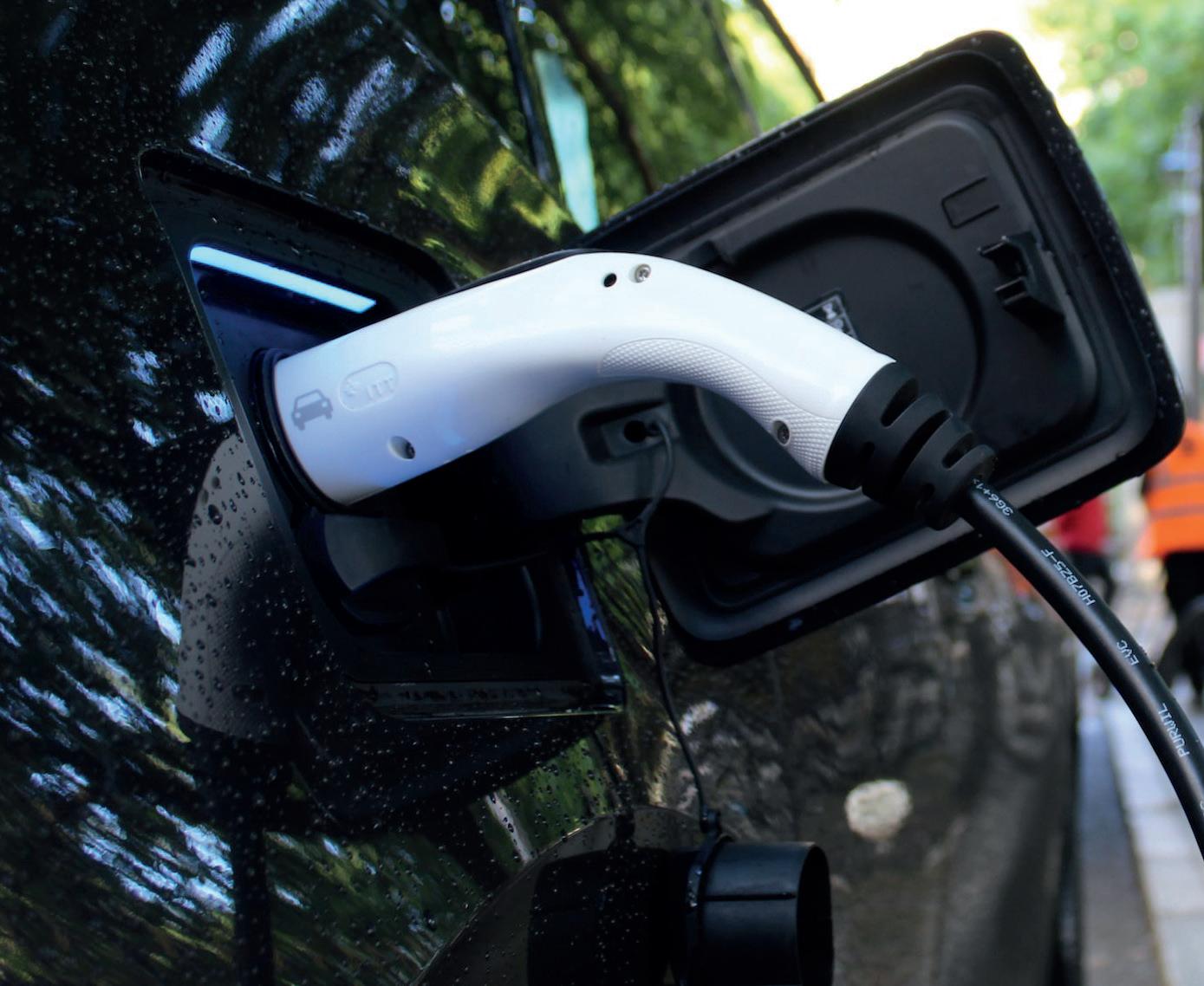
EV’s over a five year period, from exemption to full payment in 2020. As a result of the taxes, EV sales declined in one of the most renewable energy conscious countries in the world. Bloomberg reported on the decline in demand, noting how following the tax introduction, sales dropped 60.5% in the first quarter of 2017, compared to 2016’s first quarter. In 2017, noticing that the taxes were doing more damage than good, the government backtracked, and reduced taxes in a bid to increase EV usage in the country once again.
However, in comparison, the taxes introduced in the UK are predicted to have minimal impact. Fiona Howarth, CEO of Octopus Electric Vehicles, says: ‘Tax incentives have been welcome in the early years for EVs, but with dramatically lower running and maintenance costs, being fit with the latest technology and great fun to drive - they’ve become many people’s first choice.’
Chris Evans, Head of Sales at Heycar recognises that the need for incentives are not as important as they used to be, and when surveying customers, the incentives are not a factor as to why they made the move to an EV. ‘Zero VED would have been an incentive but to a small degree in comparison to the other benefits. In April, Heycar surveyed 1,355 drivers and asked them what the main reason was they would choose an EV. The majority said it was because they are cheaper to fuel (52.2%), followed by the appeal of
a vehicle that’s environmentally friendly with zero tailpipe emissions (34.8%). Around one in 10 (11.5%) said they want an EV because they are convenient in parts of the country with clean air zones, while 1.5% wanted an EV because they thought they looked great.’
Many have viewed the taxes as an inevitable development as EV drivers take up a much larger share of the market than they once did. In 2012 only 2,254 electric cars were registered in the UK, but in 2022, 590,000 electric cars have been registered. Therefore, removal of the VED exemption seems to be a bid to equalise the financial contribution of EV drivers with all drivers in the UK. Instead, what is most concerning is the further steps not taken by government to address the carbon emitted by the rest of the transport sector.
Electric Car Lease voices concern about the fact that ‘combustion has not been adjusted in the same way. There are suggestions the government should have increased VED on combustion more heavily, to keep a sizeable benefit gap between battery and combustion [vehicles].’ In the same vein, those at CoMoUK, a charity encouraging and implementing shared transport, expresses the need for prioritisation towards reducing mileage as a country rather than adding more cars to the road. Car sharing has proven to be a costeffective way to reduce carbon emissions and congestion.
Although EV’s do not have as many cost benefits as they once had, the tax increase is unlikely to have a detrimental impact on sales, considering EV’s will still be in the lowest tax bracket. The greater reasoning for the decline in sales is most likely the cost of living, and energy crises in the UK.
Much discussion around the taxes have considered them a step in the wrong direction, in making EV’s look less appealing. However, it is likely that those who can afford the upfront cost, and the upkeep of the vehicles, will not see the VED as detrimental. In the research above, it is evident that EV’s are likely to maintain their leasehold popularity, whether that is through company perks or ease of affordability.
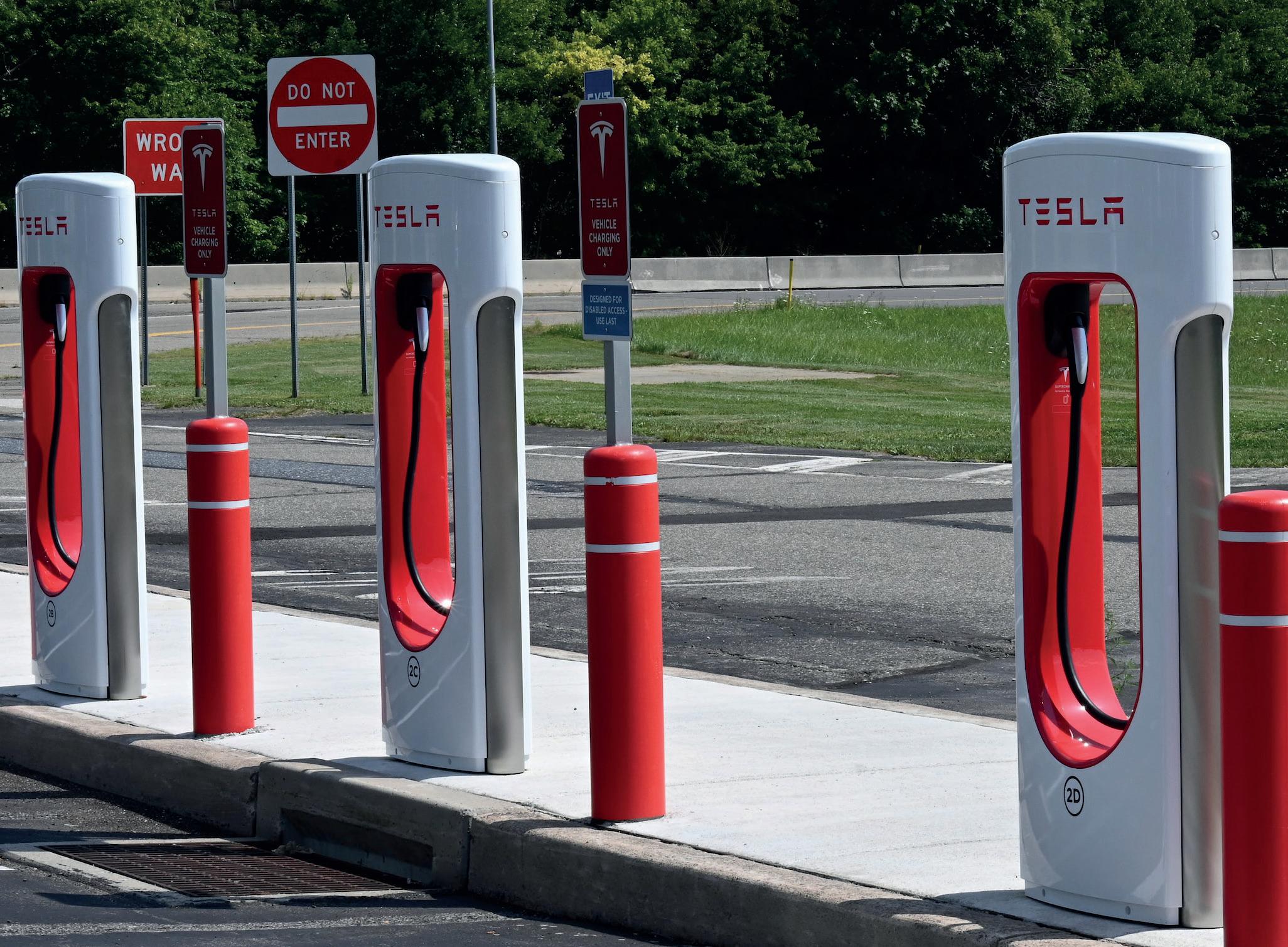
It does continue to be disheartening when the government removes incentives for EV’s, but it’s clear the popularity of the vehicles has enabled them to be widely considered as an intrinsic part of the transport sector.
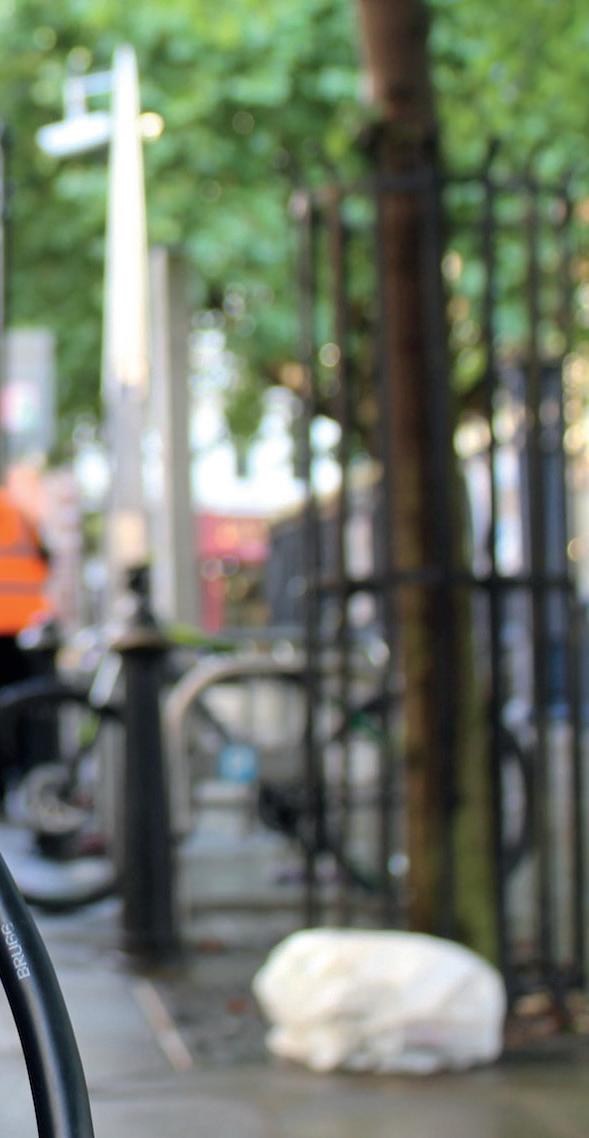
Whichever way you crunch the numbers, the UK has an enviable record on air pollution. The country is home to the planet’s largest mitigation scheme - London’s Ultra Low Emission Zone (ULEZ) - and there are more Clean Air Zones here than almost anywhere else in the world.
Wilke Reints understands first-hand the challenges and pay offs associated with these measures. As Managing Director of Yunex Traffic Limited, he has dedicated almost three decades to research, design, and implementation of major projects aimed at improving traffic flow, in turn securing better air quality and facilitating faster journey times.
“I believe some politicians are shying away from introducing a Clean Air Zone because of the financial burden, and this is quite toxic.”
His company has taken a lead on several of the UK’s Clean Air Zones, in terms of the technology that makes it possible to detect compliant and non-compliant vehicles, identifying which should pay, measuring effectiveness of these schemes to offer proof-of-concept and silence critics, and reducing the overall impact of infrastructure. All contribute to breathing becoming incrementally safer.

Over the course of his storied career, Reints - a graduate in Communication Electronics - has worked across traffic management, sales, tenders, service and installation for Siemens, Yunex’s parent corporation. During that time, scientific and engineering advancements have changed the

sector, although one thing has remained consistent: Reints’ passion for the work.
‘Where we have really had an impact recently, in my view, is the Clean Air Zone projects. This is where you can actually measure the impact of investment, and these efforts are something I’m very proud of,’ explains Reints. ‘When the first clean air initiatives began in Germany and the UK, a lot of our customers – which are mainly local authorities – were listening very carefully. Whether they put this into action is another question. And this is where I’m disappointed: from a business perspective and my personal perspective, it is taking a long time to implement best practice.
‘If we look at London’s ULEZ, this was introduced ten years ago. And yet if we see across the world, there are still not many other cities really doing this, and that’s for political reasons, not because they are thinking about the human impact,’ he continues.
‘This is just my opinion, but I believe some politicians are shying away from introducing a Clean Air Zone because of the financial burden, and this is quite toxic. We have seen that at Transport for Greater Manchester (TfGM). Politically I understand, but personally I cannot accept it. People are putting finances above public health.’
Reints cites the impressive results of Yunex’s own study on the impact of London’s ULEZ as evidence of just how much difference air pollution and traffic mitigation schemes can have. Nitrogen oxides (NOx) - emission types known
to cause a variety of cancers - have plummeted by 44% in central London since the project started.
The firm has been involved in a number of others, including Birmingham, Southampton, and Newcastle, and while many are still too new to offer reliable statistics, Reints believes the more zones that go live the more convinced other places are to take similar steps. It’s a positive domino effect.
‘This is only the most visible aspect of our work. We also have something called LED Retrofit, which is all about energy saving. The less energy our clients – local authorities – use, the less CO2 they emit. Replacing traditional halogen lamps in things like traffic lights with LEDs can achieve a massive reduction, up to 95% less energy used.
This is good for the atmosphere but it also saves a lot of money. Like the Clean Air Zones, some authorities are keen to implement this, others are still running on old lamps and not looking at this alternative, which is a questionable decision,’ says Reints.
talks about two lesser-known aspects of Yunex’s work, which involve revolutionary designs still largely in developmentthe cutting edge of the sector, as it were.

The first of these is a new adaptive traffic control software created with Transport for London (TfL). The aim of this is to capture all traffic movement – cars, buses, cyclists, and pedestrians – in order for authorities to prioritise modes based on use in different locations.
“With the rise in energy costs, it’s not even cost effective to use the outdated technologies. If you can reduce consumption by 95%, why not do it?”
The second takes the form of a new traffic light control system. Replacing old designs that saw hundreds of cables running between controller and lights, Yunex cuts this down to a single, comparatively thin wire connecting signalling and power.
This may not sound like much, but in terms of global impact the difference is huge, with far less copper involved,
‘I mean, there really is no excuse for using old traffic lights now. Yet 20-40% of systems have not upgraded to LED, not just in the UK but across many countries. With the rise in energy costs, it’s not even cost effective to use the outdated technologies. If you can reduce consumption by 95%, why not do it? In many cases, it’s because authorities are not getting the funding they need to pay for the change. The UK does need to do better at this. How can you say everyone needs to use less energy, then neglect to help move to systems that make such a difference?’ he asks rhetorically.
Reints’ enthusiasm for air quality and traffic management is more than tangible, but this really shines through when he
and therefore less emissions generated from mining, production, and transportation - indicative of Yunex’s wholesale approach to bringing pollution down.
‘Overall, I would say the UK is at the top of the list in terms of air pollution measures,’ Reints replies as our call comes to an end and we ask if the country can back up its air quality claims. ‘Across Europe, they are implementing measures and spending millions, but nobody can prove the results like they can in the UK. If other countries were doing things better I would hear about the alternative ideas. All I hear is reasons why UK schemes cannot be implemented elsewhere, which says a lot.’
There is a lot of news about the state of air quality in large towns and cities but it is easy to forget that many small rural towns in second tier district councils also have their fair share of problems.
Vicky Reed, Lead Officer – Climate Change, and Marcus Watts, Environmental Health Manager (Protection) at Uttlesford District Council, explore the problems they are currently facingUttlesford District Council is a relatively small authority, yet each year over 27 million passengers fly from the UK’s third largest airport Stansted, which is within its boundaries. Whilst the airport brings many benefits, the district is defined by its beautiful historic villages and hamlets, of which there are many.
Despite its attractive rural location, air quality issues do exist here, and the historic market town of Saffron Walden is a good example.

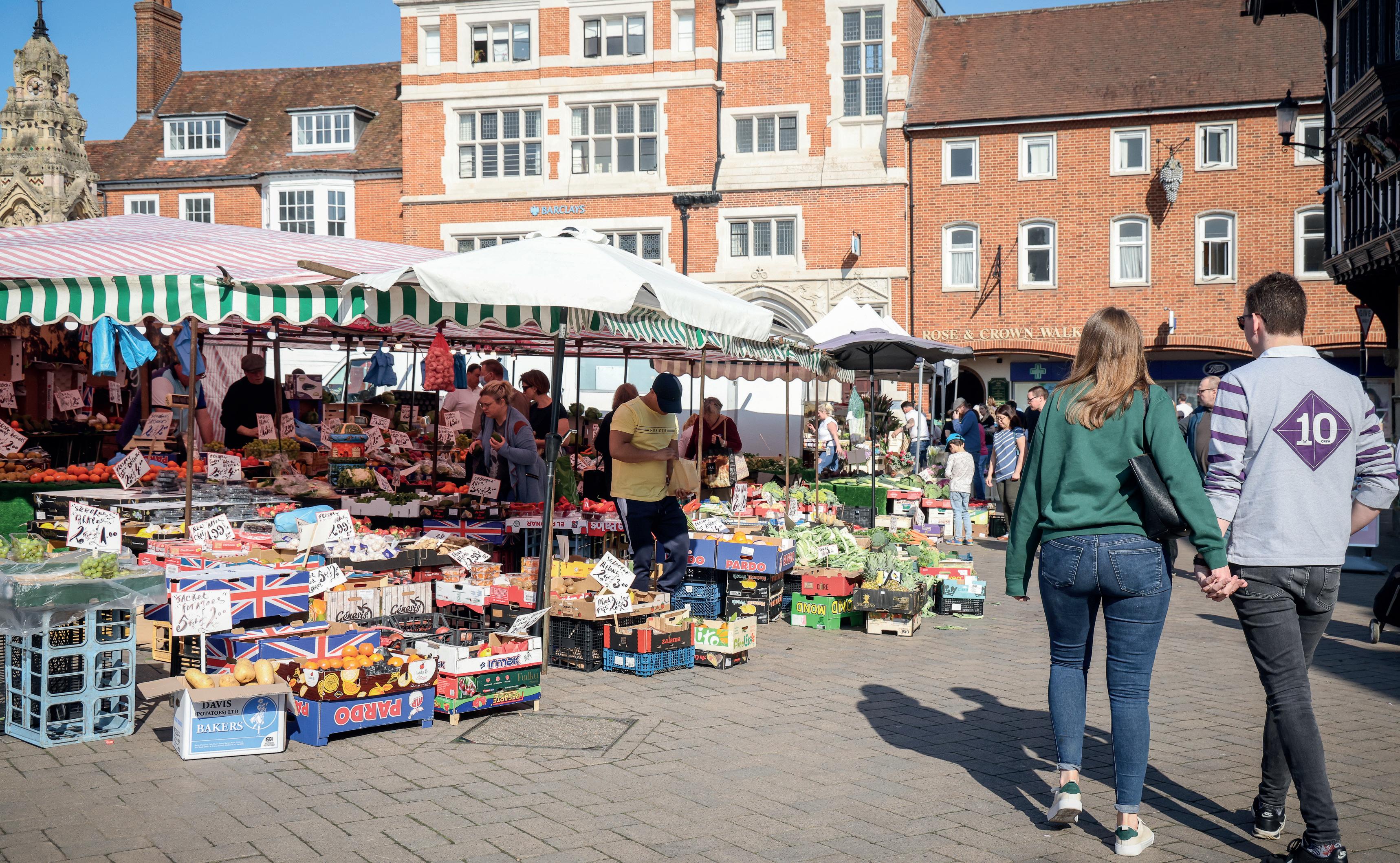
It is not the case that poor air quality is prevalent throughout the town, moreover the issues are located at particular, congested junctions which impacts on other areas. An Air Quality Management Areas (AQMA) was first declared in 2007 due to exceedances on the most congested roads Further monitoring resulted in the AQMA being expanded to the entire town centre in 2012.
Road traffic throughout the town’s ancient road layout is the predominant cause of the problem – all motor traffic has to pass through the commercial centre, bringing high volumes of vehicles including HGVs into close proximity with high numbers of pedestrians. Elevated emissions are associated with high volumes of slowmoving traffic, stopping and starting to negotiate junctions and pedestrian crossings, leading to higher levels of emissions than free flowing traffic. The town has a classic ‘chicken & egg’ problem, in that poor air quality and either traffic congestion or traffic speed (depending on the time of day) are considered to be a barrier to active travel; in turn, the lack of active travel choices exacerbate these problems. The town also has a disproportionately high number of dwellings that have wood burning stoves which has contributed to particulate matter pollution.
For some time, the district council has been puzzled about the action it can take that would improve air quality. There are improvements that can be done to junction capacity, but they are costly and reliant on Essex County Council to prioritise works –so the district council has focused on monitoring and awareness. Fortunately, the transition of improved emission standards has in recent years resulted in improvements, although there remains a problem with PM2.5. In addition, the demand for housing in the area is high and the town is expected to grow significantly.
As a small authority with no dedicated staff resource and a budget that just about covers its monitoring programme, the scope of what the district council can do to improve the situation has been somewhat limited. The answer rests with changes to road layout and measures to reduce the
number of people getting into their cars. In an attempt to make a change, a case was put to DEFRA which has responded positively with funding that is being seen as a catalyst for change.
For Saffron Walden town centre to be ‘cleaner, healthier and greener’ and for residents to see walking or cycling as their first choice for short in-town journeys.
To overcome the challenges facing the town, the district council will deliver three interlinked strands of work over the next two years, with each work stream designed to break down barriers and address the challenges identified. These work streams will happen simultaneously for maximum impact and take up.
Many people are not ready to commit to purchasing a bicycle because they are not sure that they will use it regularly. This is especially the case for e-bikes which are typically more expensive.
We will introduce community e-cargo bikes which will be available to hire by the hour. Saffron Walden has a very popular and high-profile market twice a week and this presents an opportunity. Businesses and shoppers using an e-cargo bike will be highly visible and will help promote the idea of e-cargo bikes to other businesses and residents.
Alongside e-cargo bike hire, we will introduce a ‘try before you buy’ e-bike scheme. Initially, the hire process will
be at a visible location in the market square, and we will launch the scheme with a promotional event. The project will give residents the opportunity to hire a bike at an accessible price and try it out over a period of time. They will then be able to return the bike or buy it, with the hire price deducted.
Word of mouth will help to spread news of the scheme, and people who didn’t sign up initially will hear positive feedback from their friends and sign up for subsequent rounds.
Two-wheel bicycles will be available for most people. Those with reduced mobility will be able to access trikes.
We will also introduce an EV Car Share Scheme. District council staff will be able to use the EVs to attend site visits. Residents are expected to take up the car share option as an alternative to running additional vehicles in the household. In the longer term, this may allow town planners to reduce the number of parking spaces at new developments and turn more development space over to biodiversity.
As part of the development of its Local Plan, the district council has commissioned transport studies that will help deliver a sustainable travel plan for Saffron Walden. This includes a local cycling and walking infrastructure plan (LCWIP). The LCWIP will be very important as this will deliver feasibility studies identifying suitable local route alignments for walking and cycling. It will also initiate proposals for a network of active travel routes across the district, and will consider scheme proposals for ‘Velo-Villages’ to connect existing
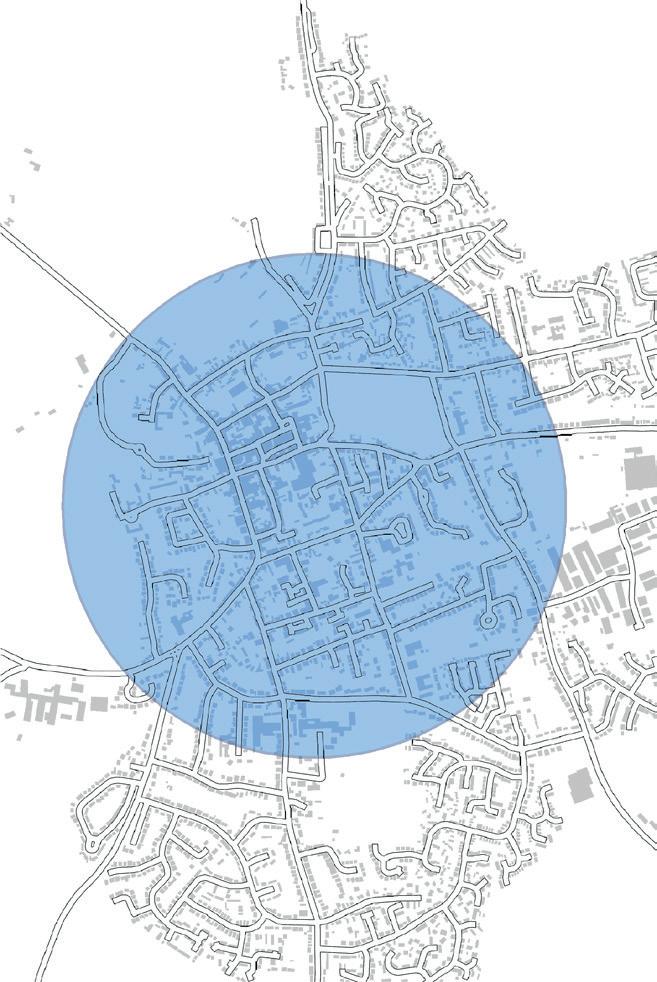
villages with significant development proposals to nearby larger settlements like Saffron Walden, or to rail stations.
One of the major challenges for the project is that it does not have control over the highways. We will overcome this barrier by working closely with the local highways team at Essex County Council, along with the Uttlesford planning team and Saffron Walden Town Council, to begin to leverage a longer-term programme of work that will prioritise infrastructure for cycle routes.
‘Cleaner, healthier and greener’ 20mph speed limits and pedestrianisation have already been introduced into the centre of Saffron Walden. The lower speed limits support pedestrian and cyclist confidence and will encourage uptake of cycling and walking as sustainable and safe ways to travel into town.
Dedicated and localised cycling proficiency refresher courses will be available to help people become more confident at cycling in Saffron Walden. The focus of the courses will be familiarisation with the town’s junctions, as well as local routes such as the town centre to the train station.
We will also conduct outreach to schools and businesses, in collaboration with the county council, to help refresh school and residential travel plans.
An information campaign will be launched to tie the whole project together and to emphasise the benefits of cycling for personal health, convenience, and reduced carbon footprint.
The Clean Air (Human Rights) Bill, introduced as a private member’s bill in the House of Lords by Baroness Jones of Moulsecoomb (Green Party), went through its second reading in the House of Lords on 8 July 2022, and passed the committee stage in the House of Lords, unopposed, on 18 November 2022
The Bill was conceived following the death of Ella Kissi-Debrah in 2013, hence it is often referred to as ‘Ella’s Law’. Ella suffered from severe asthma and died at the age of nine from acute respiratory failure. She was subsequently the first person in the UK to have air pollution listed as a medical cause of death on her death certificate, following a second inquest in late 2020 Anita Lloyd talks us through the Bill
Background – the Bill
The Bill would create a human right to breathe clean air, being “air free from certain pollutants or concentrations of pollutants above certain levels”. The Bill also includes requirements for the Secretary of State to achieve clean air across England and Wales within five years of the resulting Act coming into force, and to maintain that status. The committee stage introduced a slight relaxation of requirements here, so where this duty cannot be achieved for a particular pollutant in a given zone or agglomeration by 1 January 2028 the Secretary of State can postpone the deadline by up to five years (subject to various conditions).
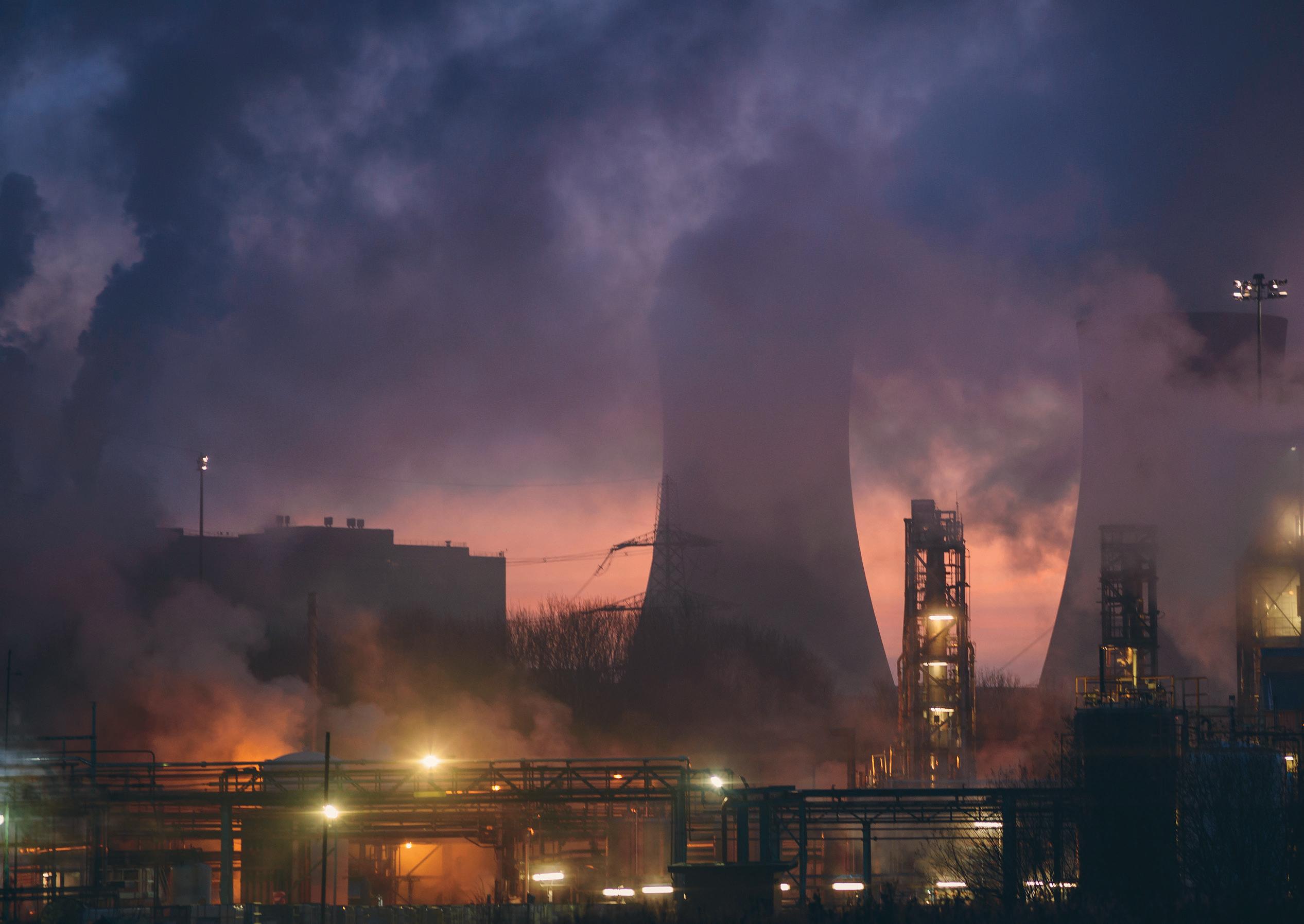
In addition to the obligations on the Secretary of State, the Bill will require bodies including the Civil Aviation Authority, Highways England, Historic England, and Natural England to contribute towards achieving and maintaining clean air. To do so, the Secretary of State will be required to release sufficient funding to these bodies to allow them to fulfil their duties.
Local Authorities would also have a duty to achieve and maintain clean air throughout their area (with equivalent deadlines as are applicable to the Secretary of State). Local Authorities will be required to exercise their powers to improve environmental wellbeing and reduce the publics’ exposure to pollutants. As with the other bodies mentioned in the Bill, the Secretary of State will be required to release sufficient funding to allow Local Authorities to perform their duties.
The Bill would also introduce a new body known as the Citizens’ Commission for Clean Air (CCCA). The CCCA would monitor and enforce the right to breathe clean air in England and Wales. This would include the powers to issue enforcement notices for non-compliance, along with issuing and participating in legal proceedings, such as judicial review.
CCCA would also be tasked with annually reviewing pollutants against limits included in schedules 1 to 3 of the Bill. In conducting its review, the CCCA would be expected to consider the best scientific knowledge and guidance
available. This would mean considering any guidance provided by the World Health Organization (WHO), the UK Health Security Agency, the United Nations Economic Commission for Europe, and advice from scientists on the effects of air pollution on the environment and public health. WHO limits and guidelines in particular tend to be more stringent than current UK regulations dictate. The CCCA must also apply the precautionary principle in its review. The combined effect of these considerations is likely to result in further tightening of pollution limits, where evidence points to more stringent measures being required to ensure people can breathe clean air.
The Committee on Climate Change also has a role to play: it is tasked with an annual review of the pollutants and the limits listed in Schedule 4 to the Bill, again with specific factors that need to be taken into account.
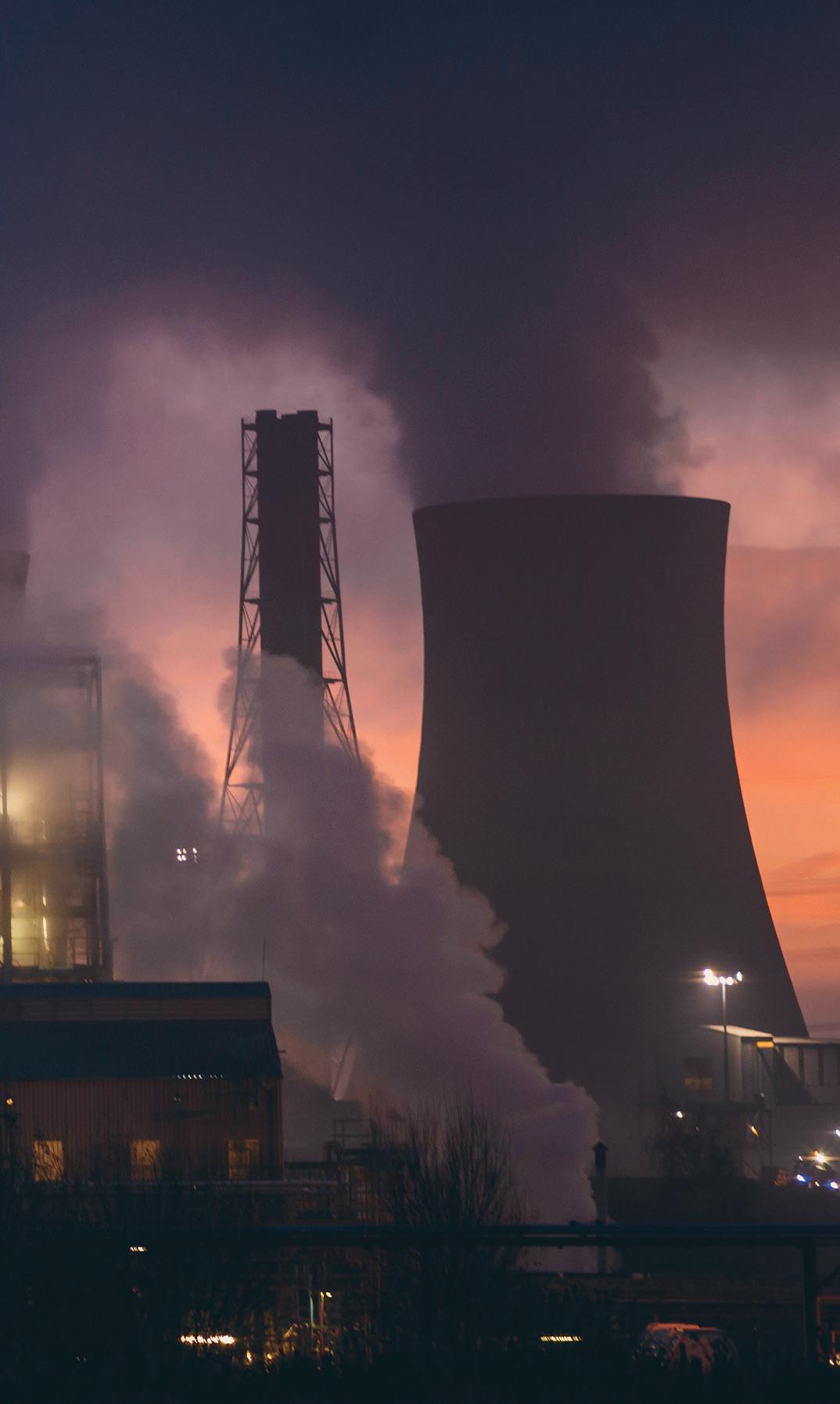
An amendment to the Bill at committee stage also saw the inclusion of new limit values for PM2.5, the fine particulate matter (10 µg/m3) and nitrogen dioxide (20 µg/ m3), both by 1 January 2030, reflecting the latest proposals at EU level. Although comparing the PM2.5 target to the WHO equivalent, this is still twice the WHO limit of 5 µg/ m3.
The want and need for greater environmental protections and a human right to clean air is growing on an international scale. In July of this year, the UN General Assembly declared access to a clean and healthy environment as a universal human right. In a press release, UN SecretaryGeneral, António Guterres stated that “the resolution will
help reduce environmental injustices, close protection gaps and empower people, especially those that are in vulnerable situations, including environmental human rights defenders, children, youths, women and indigenous peoples”. Mr David Boyd, UN Special Rapporteur on Human Rights and the Environment, added: “Governments have made promises to clean up the environment and address the climate emergency for decades, but having a right to a healthy environment changes people’s perspective from ‘begging’ to demanding governments to act”.
After passing committee stage, Baroness Jones commented the Bill turns the resolution into “something meaningful”. She also referenced the very recent proposals at EU level for revisions to the bloc’s ambient air quality directives.
Now the Bill has been through committee stage, it will move to report stage for further scrutiny, before undergoing its third reading in the House of Lords, and then proceeding to the House of Commons. There is currently no proposed timetable for this on the associated web pages.
The most novel feature of the Bill is the new human right to clean air. This will provide further grounds for government and local authority decisions, for example on new infrastructure projects, to be challenged, particularly by clean air campaigners, but also any individuals or groups of individuals who would be affected by developments and projects with negative impacts on clean air. We are therefore likely to see increased claims by private individuals and groups, and there is the potential for more enforcement action, both by and against the various governmental and
other bodies listed in the Bill. For example, the Office for Environmental Protection is specifically required in the Bill to exercise its functions so as to ensure the achievement of clean air. There will no doubt be knock-on effects for companies and individuals responsible for localised air pollution. For example, a recent report found that, despite powers already being available to local authorities to issue fines for smoke pollution in smoke control areas, none have been issued in the past five years; but that could change if Ella’s Law becomes an Act.
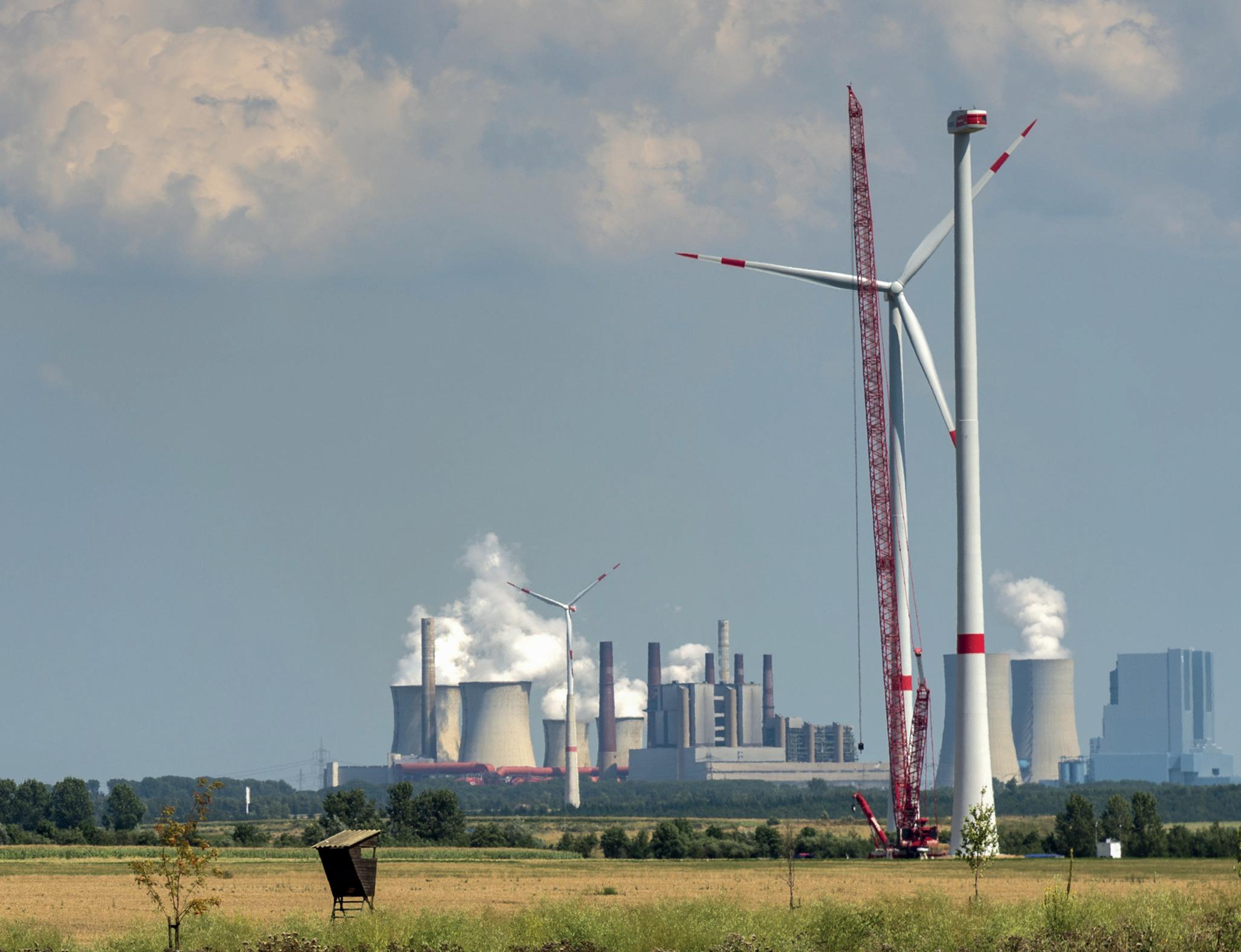









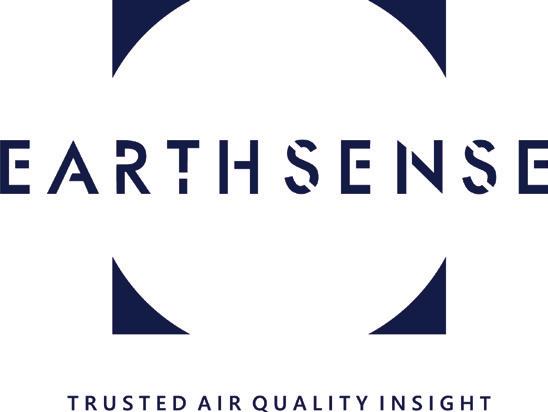

















Wishes to thank our regular partners for supporting AirQualityNews in 2022.

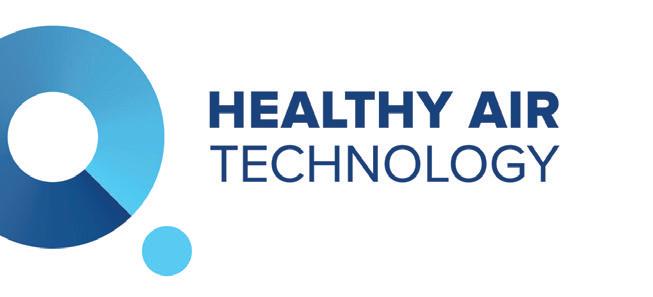

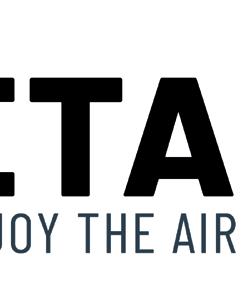




It’s been a significant year; air quality has again risen up the political and business agenda and remains the key environmental topic under discussion.
AirQualityNews has produced 6 magazines, 2 Air Quality conferences, 2 procurement guides – made possible with your support.



Whatever your air quality or transport decarbonisation plans, Marston Holdings can help at every step with market leading solutions incorporating:
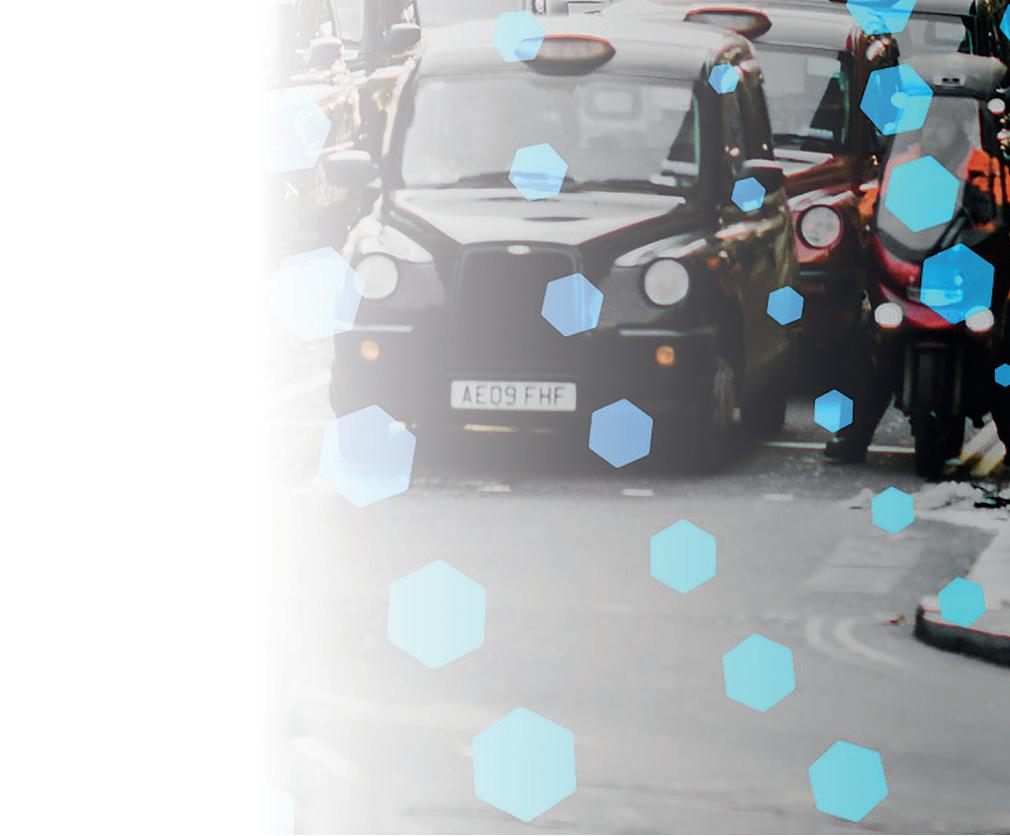
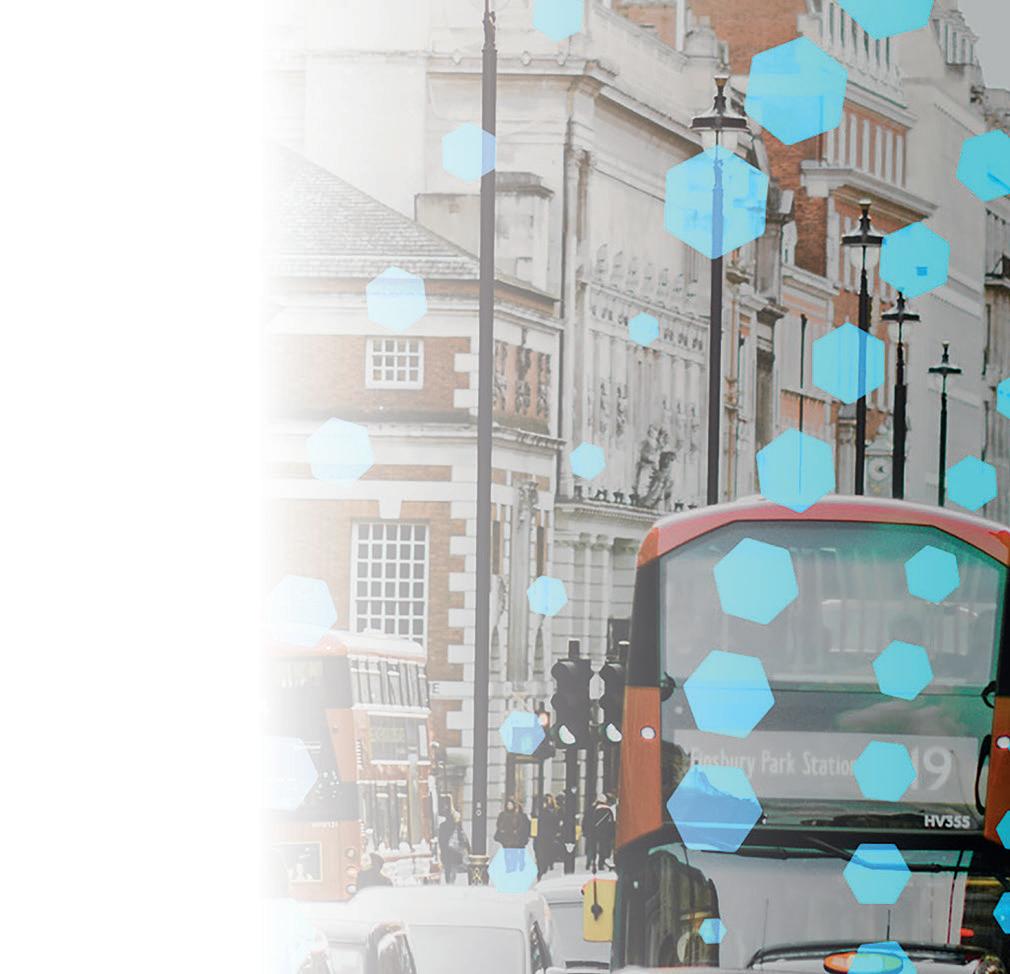
Hyperlocal AQ data monitoring and visualisation Design and planning of AQ interventions Technology solutions to support AQ schemes
On street and digital enforcement services

We provide unrivalled services for local authorities to achieve long-term air quality improvements.
Speak to a member of the team to find out more.